In today’s competitive digital landscape, improving your website’s search rankings requires more than basic optimization. A tiered link-building strategy offers a structured approach to amplify your site’s authority by creating layers of supporting connections. This method focuses on building high-quality guest posts and content as primary assets, then reinforcing them with secondary links to maximize their impact.
Think of it like a pyramid: your strongest links form the foundation. These tier 1 connections—such as reputable guest articles or expert collaborations—directly influence your SEO performance. Subsequent tiers act as reinforcements, driving more visibility to those core links through curated social shares, directory listings, or niche forum engagements.
While this approach can significantly boost your site’s credibility, it’s not without risks. Overusing low-quality supporting links or neglecting content relevance might trigger search engine penalties. Balancing manual outreach with automation tools streamlines the process while maintaining authenticity.
This guide will walk you through practical tactics for U.S.-based businesses aiming to dominate their niches. From crafting guest post pitches to selecting reliable tools, we’ll explore how to build a sustainable strategy that aligns with modern SEO standards. For those looking to scale their SEO efforts efficiently, BacklinkGPT automates personalized outreach with AI-powered precision.
Key Takeaways
- Tiered strategies use layered links to strengthen your website’s authority.
- High-quality guest posts form the critical foundation of this approach.
- Supporting tiers amplify visibility without diluting primary link value.
- Automation tools save time but require careful implementation.
- Balance is key to avoid penalties from search engines.
Understanding Tier Link Backlink and Its Impact on SEO
Ever wondered why some websites climb search rankings faster than others? The answer often lies in how they organize their online relationships. A structured approach to connections helps distribute credibility across your site, creating a ripple effect that search engines notice.
What Does Layered Connection Building Mean?
Imagine your website’s most valuable partnerships—like expert articles or collaborations—as the main pillars holding up a bridge. Layered building involves reinforcing those pillars with smaller, supportive elements. These secondary connections don’t directly point to your site but amplify the strength of your primary ones.
The Role of Strategic Connections in SEO
Search engines prioritize websites that earn trust naturally. By diversifying your connection sources—think forums, social shares, or industry directories—you mimic organic growth patterns. This reduces reliance on any single source and minimizes risks of appearing manipulative.
Balancing quality and quantity matters here. Focusing solely on high-authority partnerships might limit reach, while overloading on weaker ones could raise red flags. Tools like content analyzers help track this balance without sacrificing authenticity.
For U.S. businesses, this strategy offers flexibility. You can test different connection types while maintaining core partnerships. Upcoming sections will explore how to choose the right mix for your niche and avoid common pitfalls.
What is Tiered Link Building?
Building a strong online presence isn’t just about creating content—it’s about how you connect it to the wider web. A multi-level strategy organizes these connections into layers, each designed to boost the effectiveness of the others. This method prioritizes quality while ensuring long-term visibility.
The Basic Concept of Supporting Connections
Primary connections, like guest posts on trusted sites, act as your digital foundation. These directly signal credibility to search engines. Secondary layers—such as social mentions or niche directory listings—amplify those signals by driving attention to your core content. If you’re curious about tailored outreach tactics in different EU markets, check out our guide on link-building in key European regions.
For example, a well-researched article on a finance blog (Tier 1) gains traction when industry forums (Tier 2) discuss its insights. Automated tools can then share these discussions across platforms (Tier 3), creating a ripple effect without manual effort.
How Layers Function in Search Optimization
Each layer serves a distinct purpose. The first establishes authority, the second spreads awareness, and the third maintains momentum. High-quality content remains essential—without it, even the strongest connections lose value.
Balancing manual outreach with strategic automation ensures efficiency. Tools like curated social schedulers or niche aggregators help scale efforts while keeping your approach authentic. This harmony between effort and automation is what makes the strategy sustainable. Small studios often ask how to attract high-quality links—our piece on optimizing your photography site’s backlink profile covers this in depth.
Benefits of Implementing a Tier Link Backlink Strategy
Boosting your site’s search performance doesn’t have to drain your budget. A layered approach to online relationships helps maximize results while keeping costs manageable. By strategically organizing your digital partnerships, you create a self-reinforcing system that search engines view as organic growth.
What is tier link building and how does Affordable SEO LLC implement this strategy?
The concept of tier link building affordable seo llc represents a sophisticated SEO strategy where backlinks are organized in hierarchical layers to maximize link equity and minimize risk. When implemented by tiered link building affordable seo llc services, this approach creates multiple levels of links: Tier 1 links point directly to your website from high-quality, authoritative sources, while tier 2 backlinks point to your Tier 1 links, strengthening their authority and passing more value to your site. This backlink tier system continues with potential Tier 3 links pointing to Tier 2, creating a pyramid structure that amplifies the power of your primary backlinks. The tier link building affordable seo llc methodology focuses on quality at the top tier, using reputable sites with strong domain authority, while lower tiers can utilize a broader range of sources. Professional tiered link building affordable seo llc services ensure each tier maintains appropriate quality standards to avoid penalties. The strategic placement of tier 2 backlinks helps protect your main site from direct association with lower-quality links while still benefiting from their cumulative effect. A well-structured backlink tier campaign distributes link juice efficiently, making your SEO investment more effective and sustainable. This approach requires careful planning and execution, which is why working with experienced providers who understand the nuances of tier link building affordable seo llc strategies is crucial for long-term success.
How do tier 2 backlinks work and what role do they play in a backlink tier strategy?
Understanding tier 2 backlinks is essential for implementing an effective multi-tiered link building campaign that maximizes SEO value while minimizing risk. In a backlink tier structure, tier 2 backlinks serve as the supporting layer that strengthens your Tier 1 links, which are the high-quality backlinks pointing directly to your website. These tier 2 backlinks don’t link to your site directly but instead point to the pages containing your Tier 1 links, effectively boosting their authority and credibility in search engines’ eyes. The backlink tier system leverages this indirect approach to create a natural-looking link profile that search engines favor. Quality tier 2 backlinks can come from various sources including niche blogs, forums, social media profiles, and web 2.0 properties, providing diversity in your link profile. The key to successful tier 2 backlinks implementation is maintaining relevance and quality – while they don’t need to be as authoritative as Tier 1 links, they should still come from legitimate, indexed sources. A properly structured backlink tier with strong tier 2 backlinks can significantly amplify the power of your Tier 1 links, resulting in improved rankings and organic traffic. This layered approach also provides a buffer between your money site and lower-quality links, reducing the risk of penalties while still benefiting from the cumulative link juice flowing through the backlink tier system.
Budget-Friendly Credibility Boost
High-quality collaborations—like expert guest articles—form your core foundation. Supporting them with affordable methods like forum mentions or social shares amplifies their impact without overspending. This mix ensures your primary assets work harder while secondary connections drive sustained visibility.
One marketing agency found that adding curated blog comments to their strategy increased referral traffic by 37% within three months. “It’s about working smarter, not harder,” their SEO lead noted.
Trust Through Natural Growth Patterns
Diverse connection sources make your profile appear more authentic to algorithms. Combining niche directory listings with social media engagement creates balanced growth signals. This variety reduces reliance on any single platform and minimizes penalty risks.
Search engines reward websites that demonstrate gradual, earned credibility. Tools like content performance trackers help maintain this balance by identifying which connections deliver the best returns.
Risks Associated with Tiered Link Building
While structured connection strategies can boost SEO performance, they walk a fine line between innovation and risk. Search engines like Google prioritize organic growth, and aggressive tactics might lead to manual penalties or even deindexing.
Potential for Penalty and Algorithmic Traps
Using automated tools for secondary connections often backfires. One SEO manager shared: “We saw a 40% traffic drop after an algorithm update flagged our forum links as manipulative.” Low-quality supporting content—like spun articles or irrelevant directory listings—can dilute your primary efforts.
Black hat shortcuts create three major dangers:
- Manual actions requiring months of recovery work
- Loss of trust from both users and algorithms
- Wasted resources on connections that provide zero value
Opportunity Costs and Long-Term Strategy Considerations
Focusing solely on layered connections might divert attention from sustainable tactics. A 2023 study found businesses spending 60+ hours monthly on tiered strategies often neglect core content quality.
Traditional link building offers clearer ROI tracking. While adjusting tiers is simpler than removing direct connections, constant monitoring remains essential. Tools like Google Search Console help identify risky patterns before they escalate.
Up next: Learn how to build effective connections that balance growth with safety. We’ll explore proven methods for each strategy level without compromising your site’s integrity.
-
To get a comprehensive understanding of how platform-specific nuances affect e-commerce visibility, explore common SEO issues on Shopify stores.
How to Build Effective Tier 1, Tier 2, and Tier 3 Links
Want to supercharge your site’s authority? Start by organizing your digital relationships into clear, purposeful layers. This structured method ensures every connection serves a role in boosting visibility while keeping your profile natural to search engines.
Strategies for High-Quality Tier 1 Backlinks
Your strongest partnerships act as trust signals. Focus on securing guest contributions on reputable industry websites. For example:
- Use tools like Ahrefs or SEMrush to analyze competitors’ top-performing collaborations.
- Pitch data-driven articles to platforms with Domain Authority scores above 60.
- Include actionable insights, like “5 Proven Tactics to Reduce Customer Churn”, to increase acceptance rates.
“A well-researched guest post on a trusted site can generate referral traffic for years,” notes SEO strategist Lisa Monroe.
Developing Supportive Tier 2 and Tier 3 Links
Amplify your core content through secondary channels. Share guest posts on niche forums or LinkedIn groups—but avoid spammy behavior. For broader reach:
- Repurpose key points into SlideShare presentations or Medium articles.
- Use tools like SEO Autopilot to safely distribute summaries across Web 2.0 platforms.
- Monitor performance with Google Search Console to spot underperforming assets.
Diversify anchor text naturally. Instead of repeating exact-match phrases, blend variations like “industry insights” or “expert analysis.” Update older connections quarterly to maintain relevance.
Optimizing Your Link Juice Flow with Tiered Strategies
What if you could make every digital relationship work harder for your website? Smart distribution of authority signals helps search engines recognize your content as valuable and trustworthy. By organizing your connections thoughtfully, you create a self-sustaining system that fuels long-term growth.
Techniques to Distribute Link Equity Naturally
Imagine your strongest collaborations as rivers feeding a lake. Secondary connections act like streams that keep the water flowing. For example:
- Reshare Tier 1 guest posts in niche communities using contextual references
- Embed key articles in curated resource lists on industry blogs
- Use branded mentions in podcast show notes to reinforce core content
A tech blog increased rankings by 55% after diversifying their connection layers. They balanced high-authority collaborations with forum discussions about their research.
Balancing Direct and Indirect SEO Benefits
Primary connections deliver immediate credibility boosts. Supporting layers help maintain momentum. Tools like Google Search Console reveal which assets need reinforcement—maybe that evergreen guide needs fresh social shares or updated forum citations.
One common mistake? Overloading exact-match anchor text. Mix phrases like “industry trends analysis” and “data-driven insights” to appear natural. Regular audits prevent patterns that might trigger algorithmic suspicion.
“Our monthly connection health checks reduced crawl errors by 42%,” says Mark T., an SEO director at a Boston-based agency.
Focus on gradual growth. Track referral traffic spikes after amplifying core content through secondary channels. This approach keeps your profile evolving while meeting modern search engine standards.
Utilizing Guest Posts and Automation Tools for Tier Backlinks
Combining human creativity with smart technology creates a powerhouse for digital authority. High-value collaborations form your core foundation, while automation handles repetitive tasks—freeing you to focus on strategy.
Guest Posting Tactics for Building First-Tier Links
Securing placements on trusted platforms like Forbes or niche blogs requires more than generic pitches. Start by analyzing top-performing content in your industry using tools like Ahrefs. Craft data-driven articles that solve specific problems, such as “How SaaS Companies Reduced Support Tickets by 52%.”
One digital marketer shared:
“Our acceptance rates tripled when we included original survey data in pitches.”
Always verify a site’s Domain Authority and audience relevance before outreach. WordPress and Medium remain popular platforms for publishing thought leadership content.
Recommended Tools and Automation Practices
Tools like RankerX streamline secondary connection building without sacrificing quality. Use them to:
- Distribute content summaries across Web 2.0 platforms
- Schedule social shares for maximum visibility
- Monitor forum discussions for natural engagement opportunities
SEO Autopilot helps manage large-scale campaigns but requires weekly check-ins. Pair automation with manual reviews using Google Search Console. Track which connections drive traffic spikes or conversions.
Remember: Automation handles scale—humans ensure authenticity. Update your strategy quarterly to align with algorithm changes and industry trends.
When to Consider a Tiered Link Backlink Approach
Breaking into saturated markets demands more than luck—it requires a strategic roadmap. For U.S. businesses facing fierce competition, structured connection methods can provide the edge needed to stand out.
Assessing Competition in the United States Market
High-competition industries like tech or finance often struggle with stagnant rankings. A 2023 analysis found websites using layered strategies in these niches saw 3x faster growth than those relying solely on organic methods.
Ask these questions to assess your needs:
- Do competitors dominate first-page results for your target keywords?
- Is your domain authority significantly lower than top-ranking sites?
- Have traditional outreach efforts plateaued in effectiveness?
One SaaS company increased conversions by 29% after adding secondary connection layers to their content. Their SEO lead noted:
“Tiered methods helped us compete against enterprise players without their budget.”
Integrating Tiered Link Building into Your Overall SEO Strategy
Blend structured approaches with existing organic efforts. Use primary guest posts to establish expertise, then reinforce them through niche directories and curated social shares.
Track these metrics monthly:
| Scenario | Tiered Approach Benefit | Data Point |
|---|---|---|
| New market entry | Accelerates authority building | 42% faster ranking growth |
| Established site stagnation | Revives underperforming content | 33% traffic increase in 6 months |
| High-competition keywords | Strengthens positional resilience | 58% reduced ranking volatility |
Align efforts with long-term goals by quarterly reviews. Adjust connection ratios based on algorithm updates or market shifts. Tools like Google Search Console help identify which layers need optimization.
Conclusion
Mastering modern SEO requires a strategic approach that balances innovation with caution. This article has shown how structured connection methods can enhance domain authority through cost-effective partnerships while emphasizing the need for careful oversight.
Key benefits include amplified content reach and smarter resource allocation. However, aggressive tactics or low-quality supporting content risk search engine penalties. Prioritize high-value guest posts as your foundation, then reinforce them through diverse, authentic channels.
Automation tools save time but work best when paired with manual quality checks. Regularly monitor your connection health using platforms like Google Search Console. This ensures your profile grows naturally while avoiding algorithmic red flags.
Ready to elevate your strategy? Explore advanced techniques like data-driven outreach or seasonal content amplification. With thoughtful planning and balanced execution, structured connection methods can unlock new opportunities in competitive markets.
Remember: SEO success isn’t about shortcuts—it’s about building relationships that last. Start small, track progress, and watch your search performance transform.

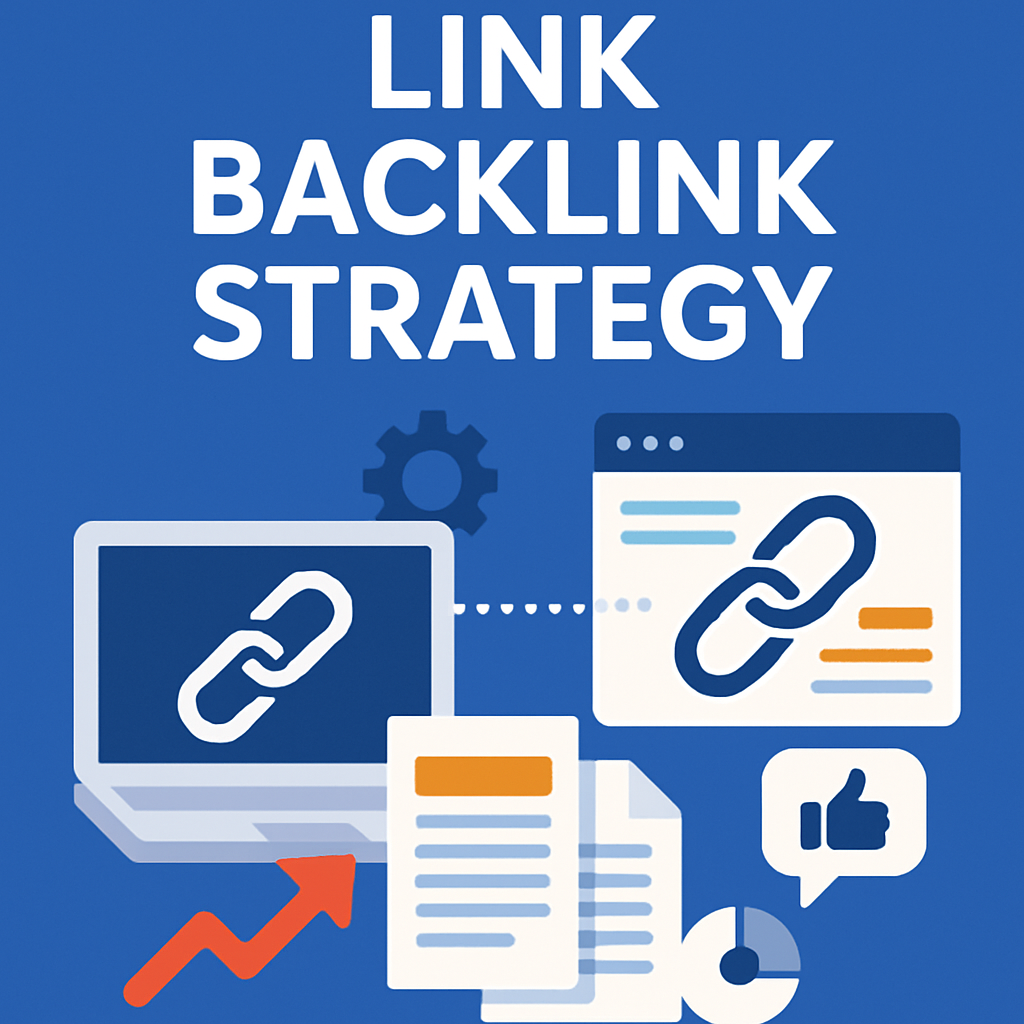
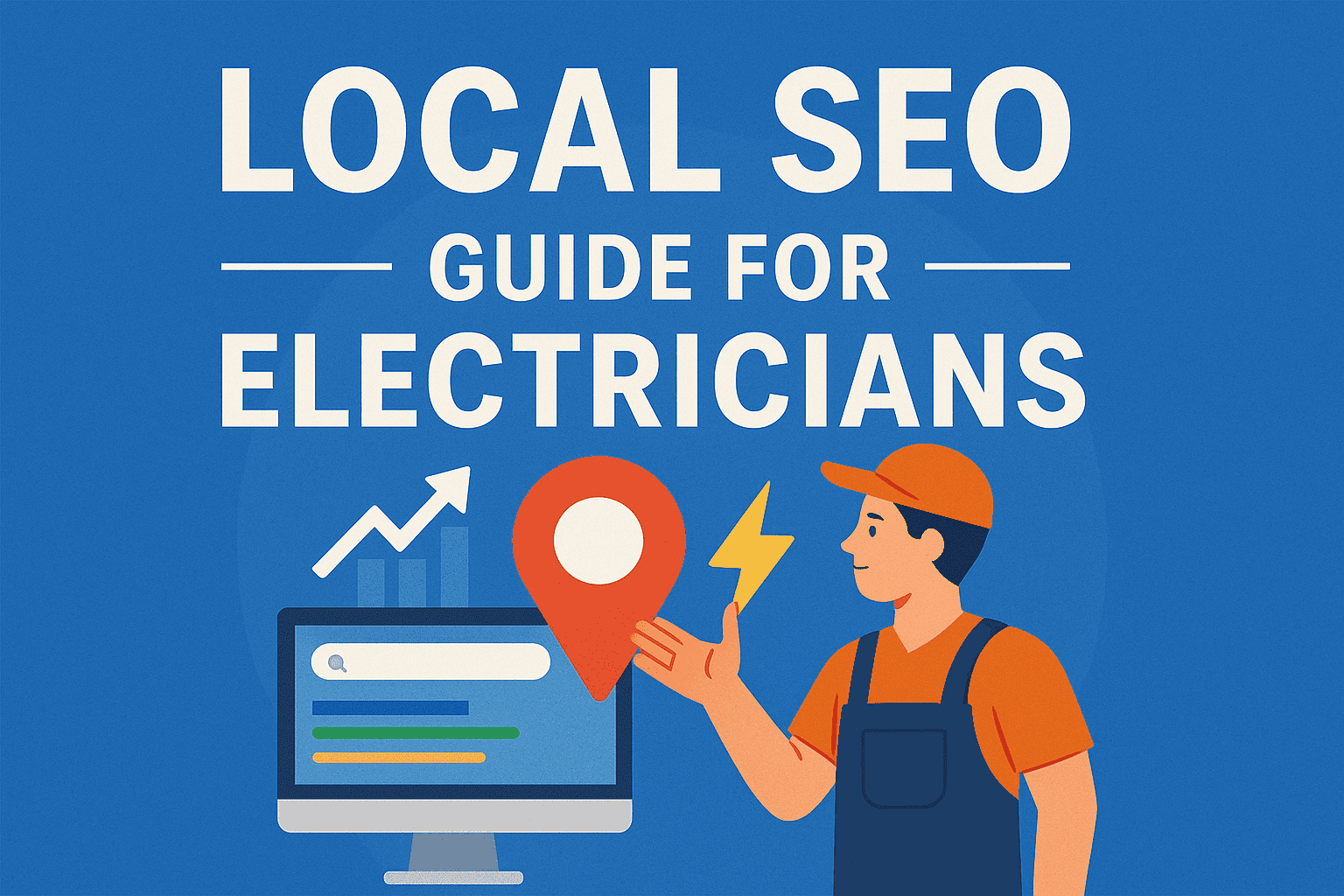
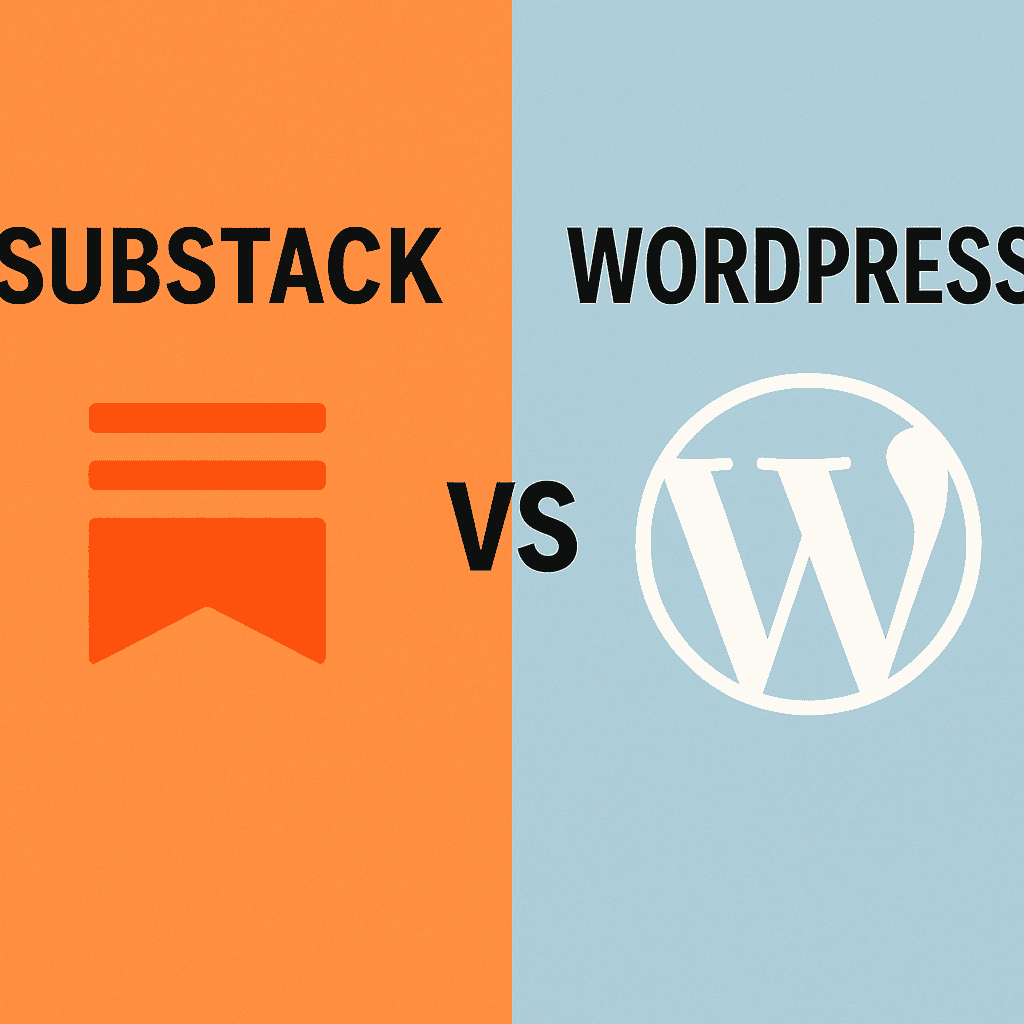

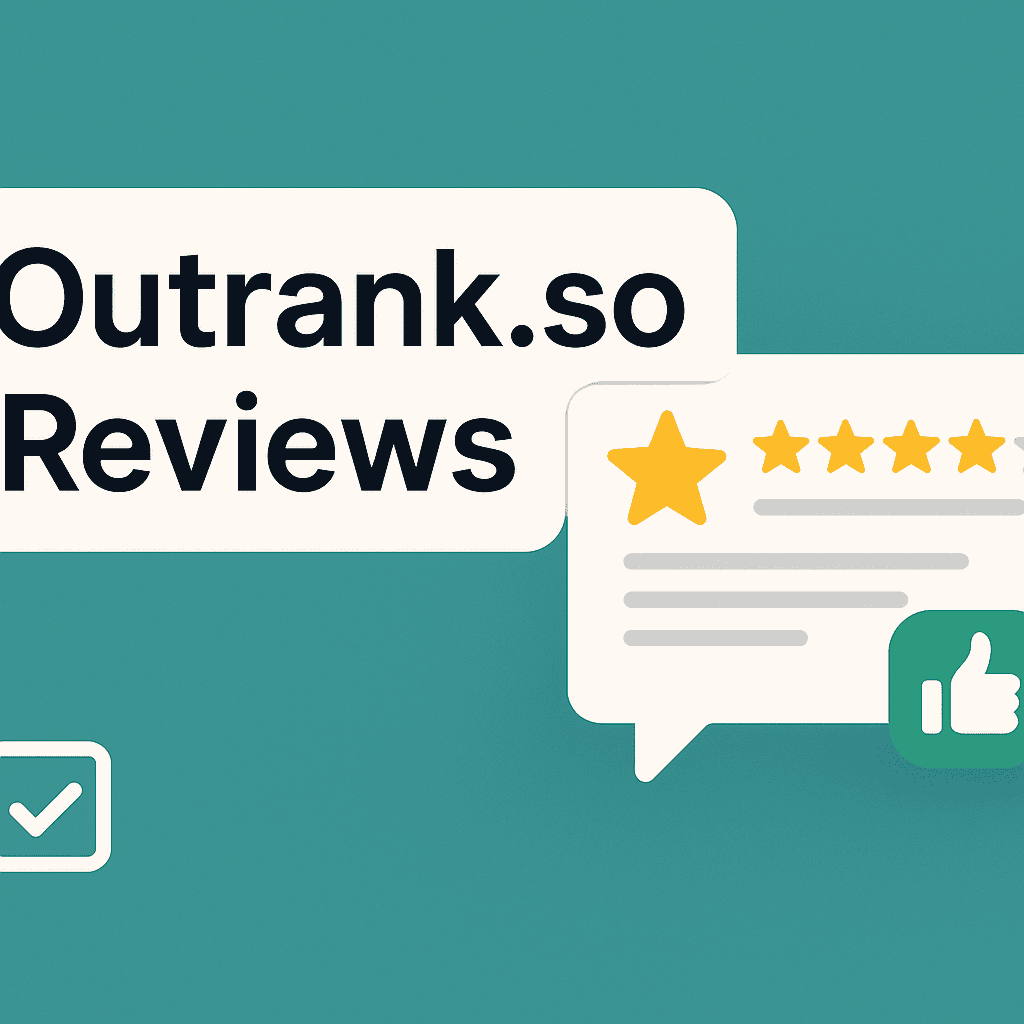





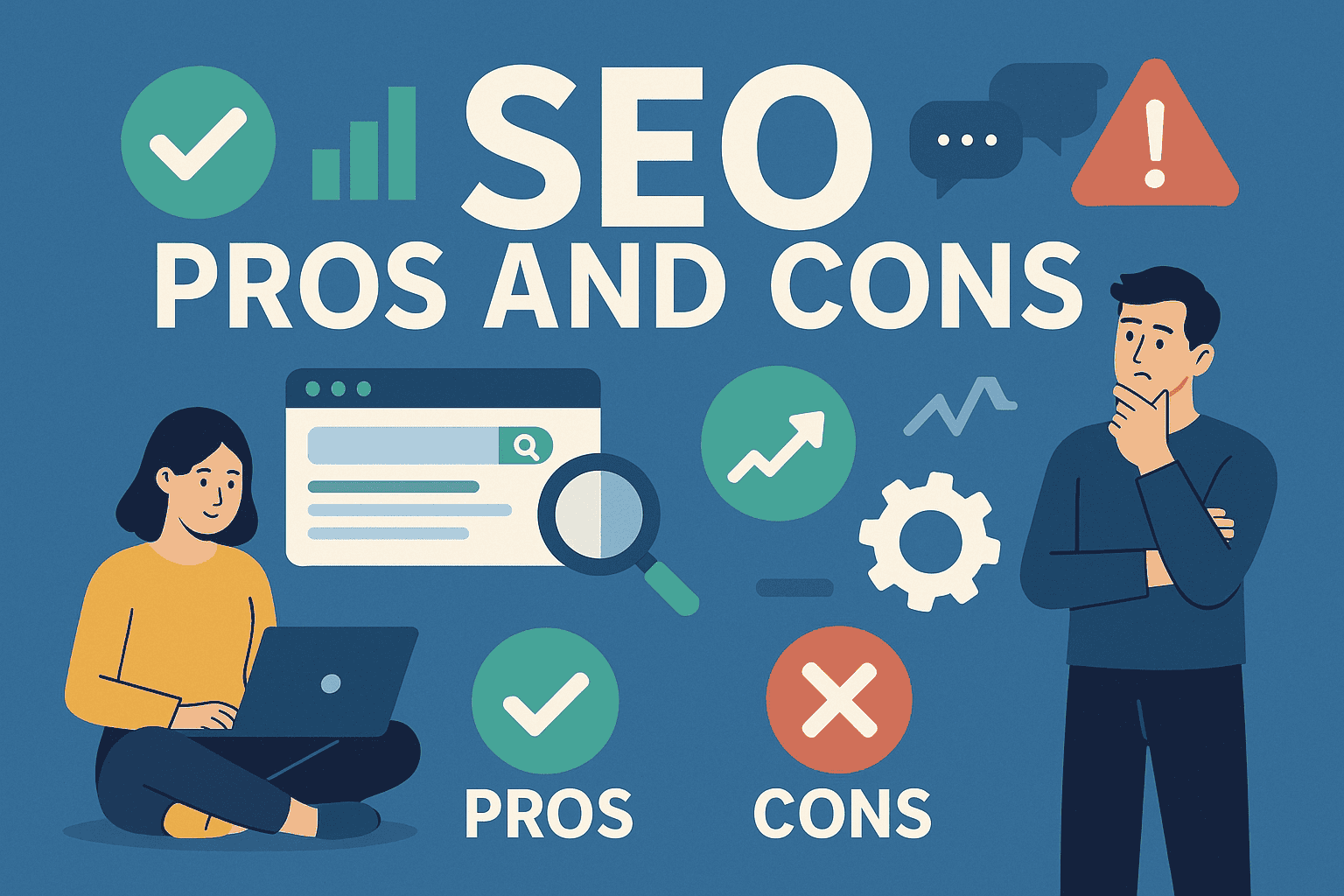





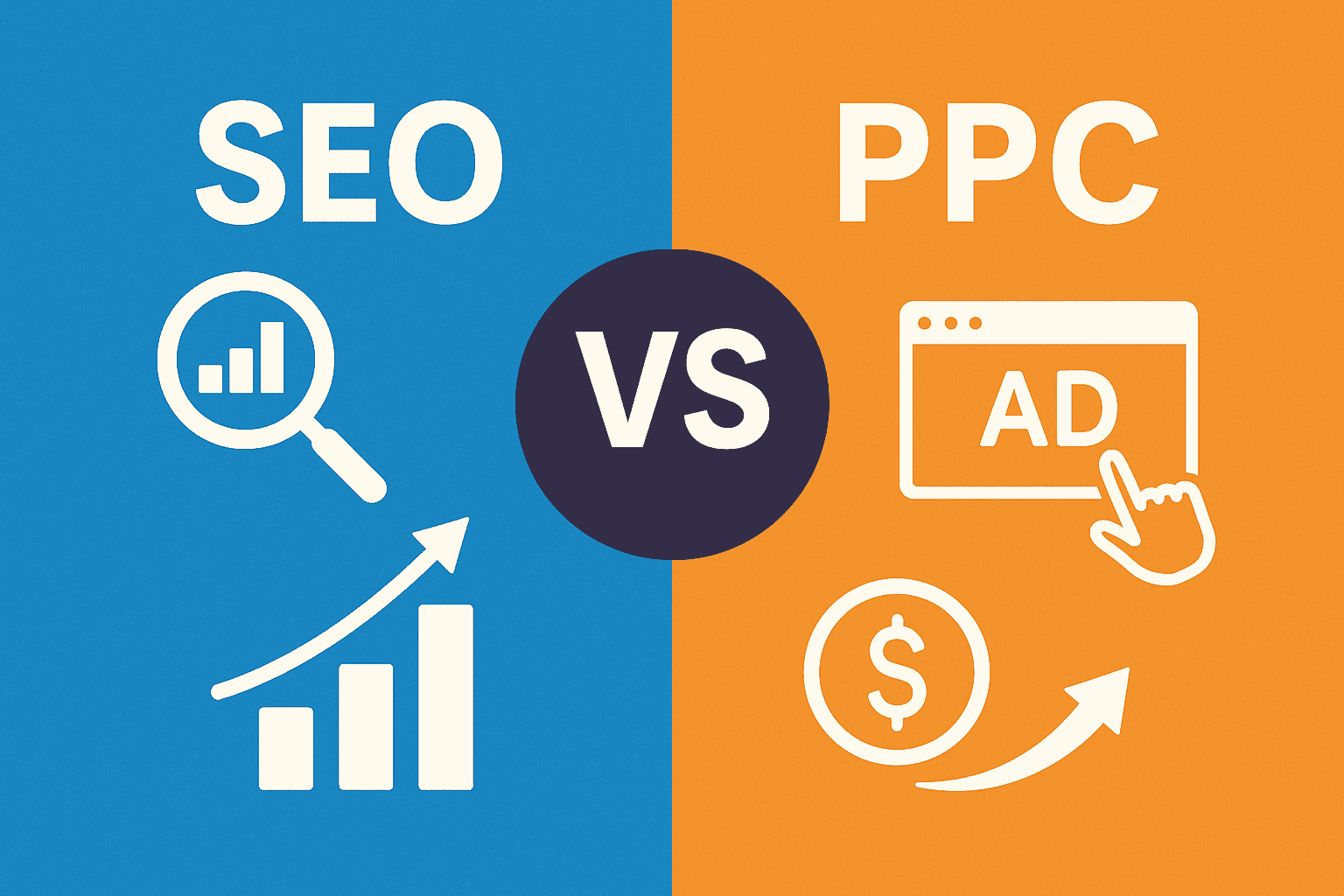

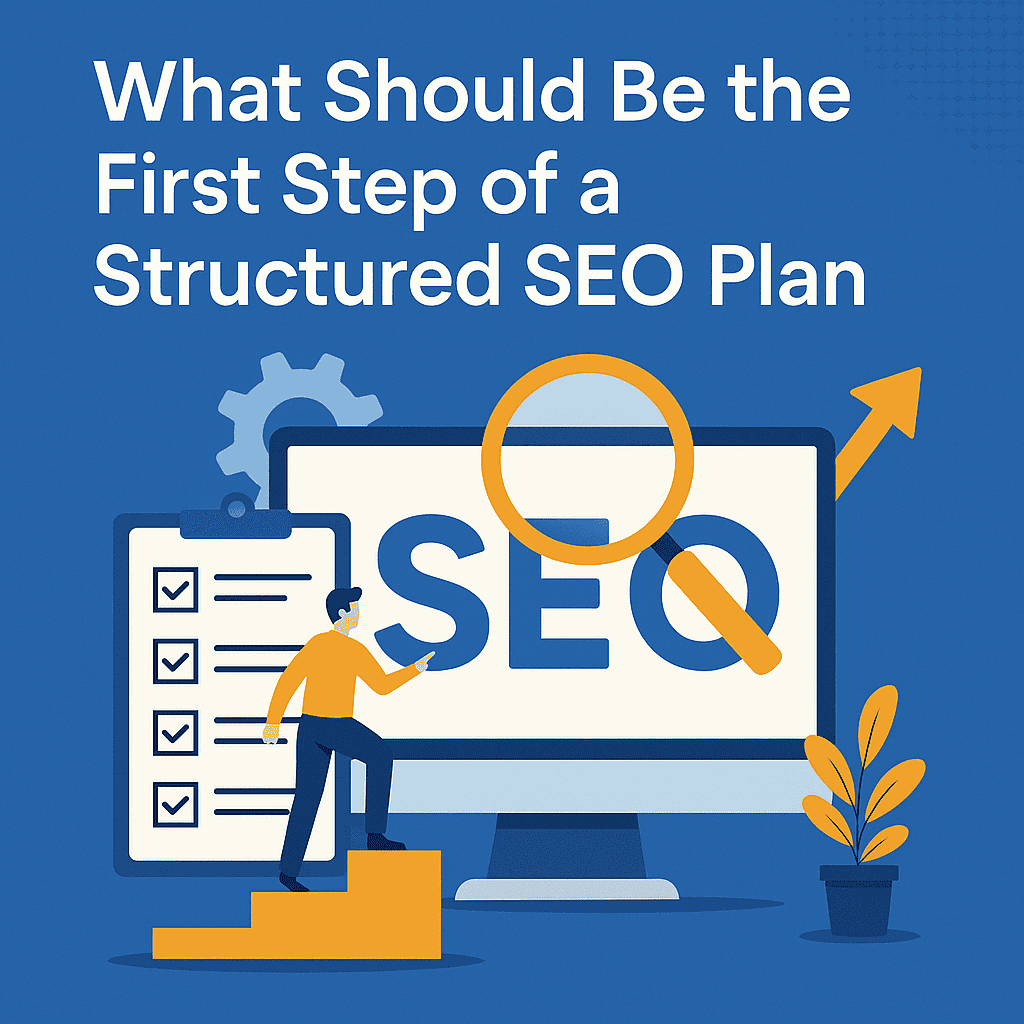


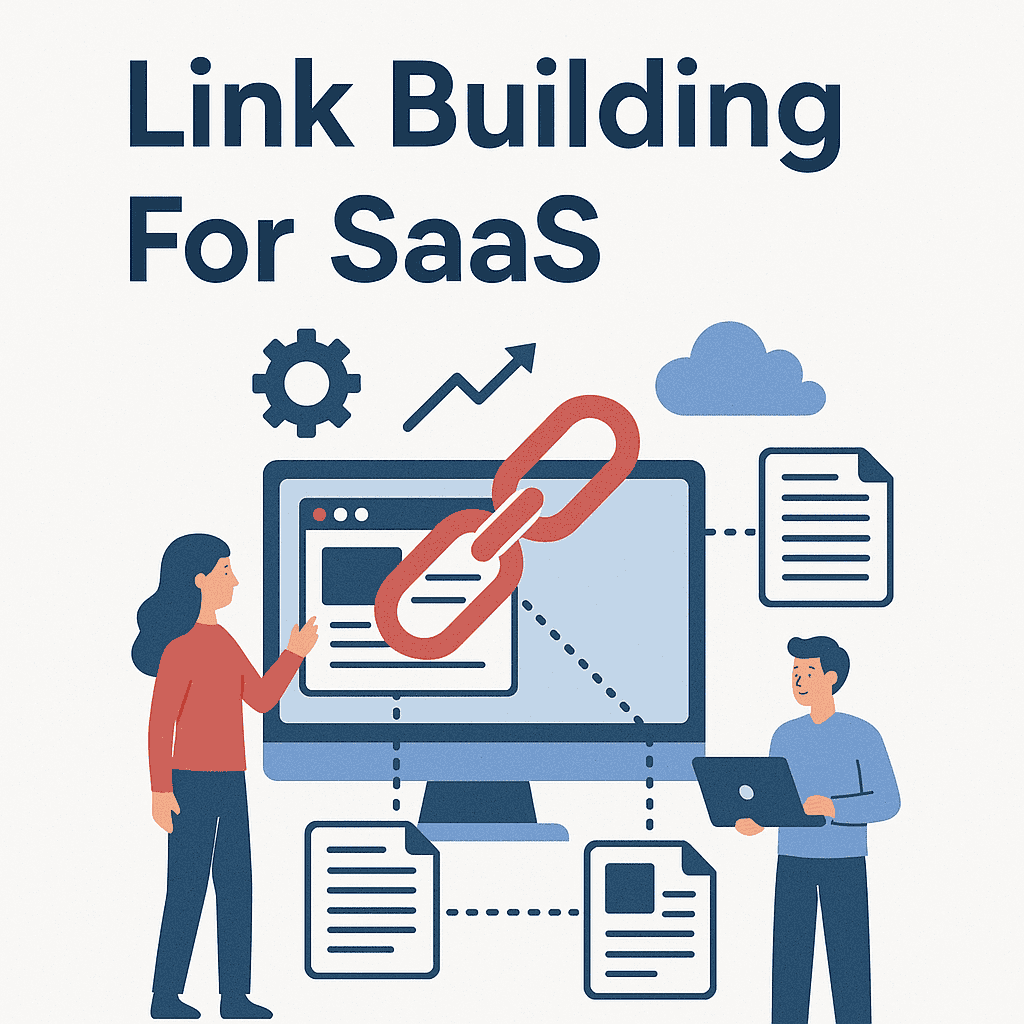

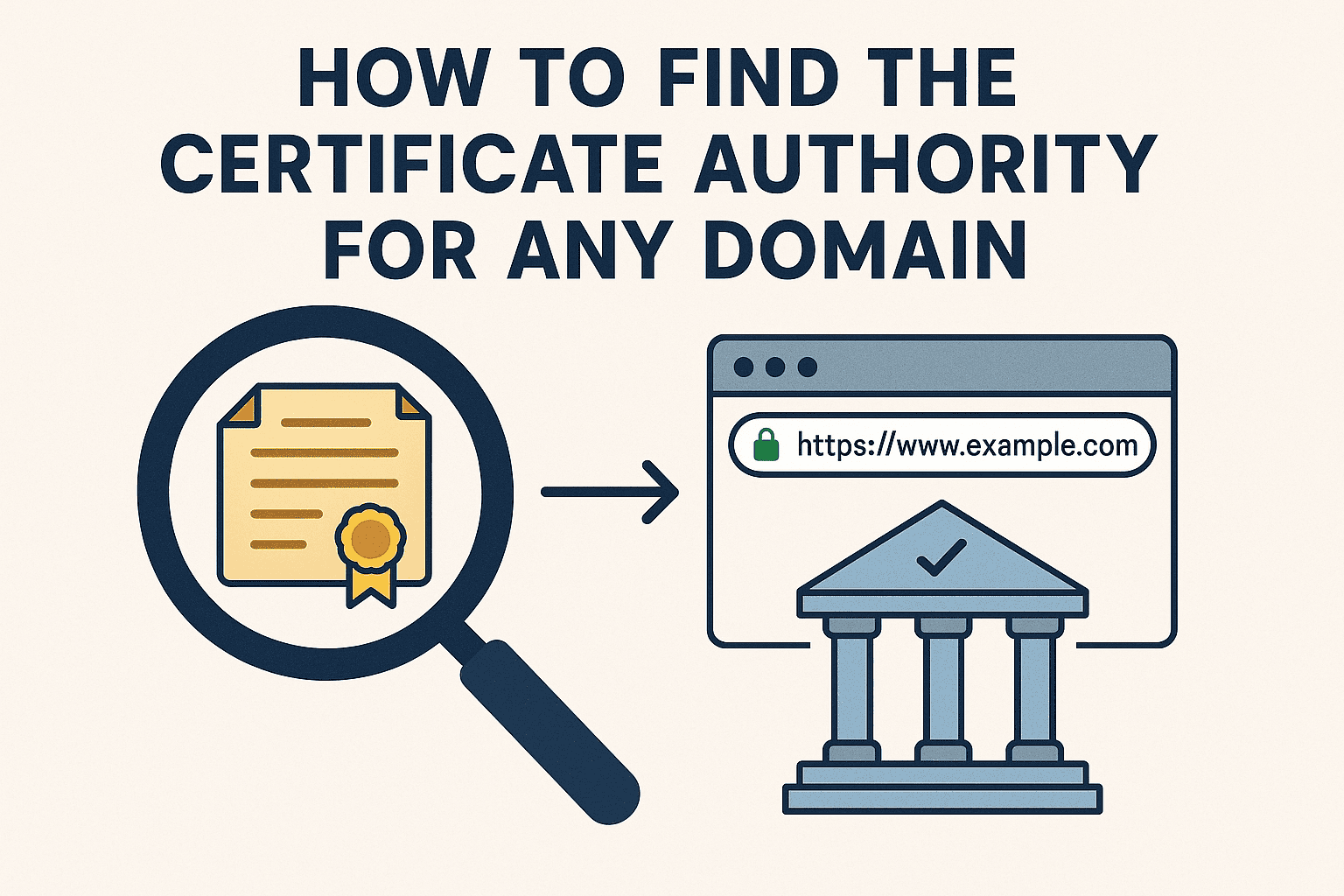
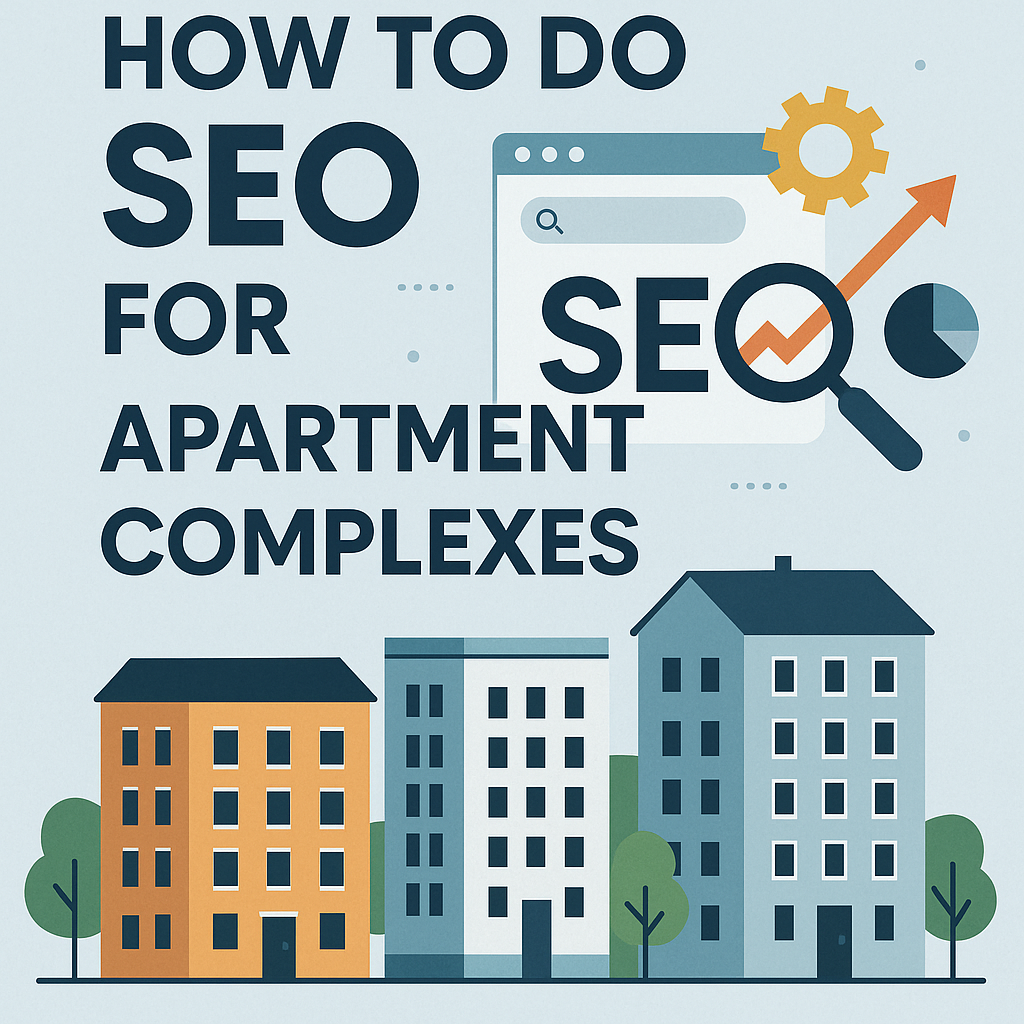
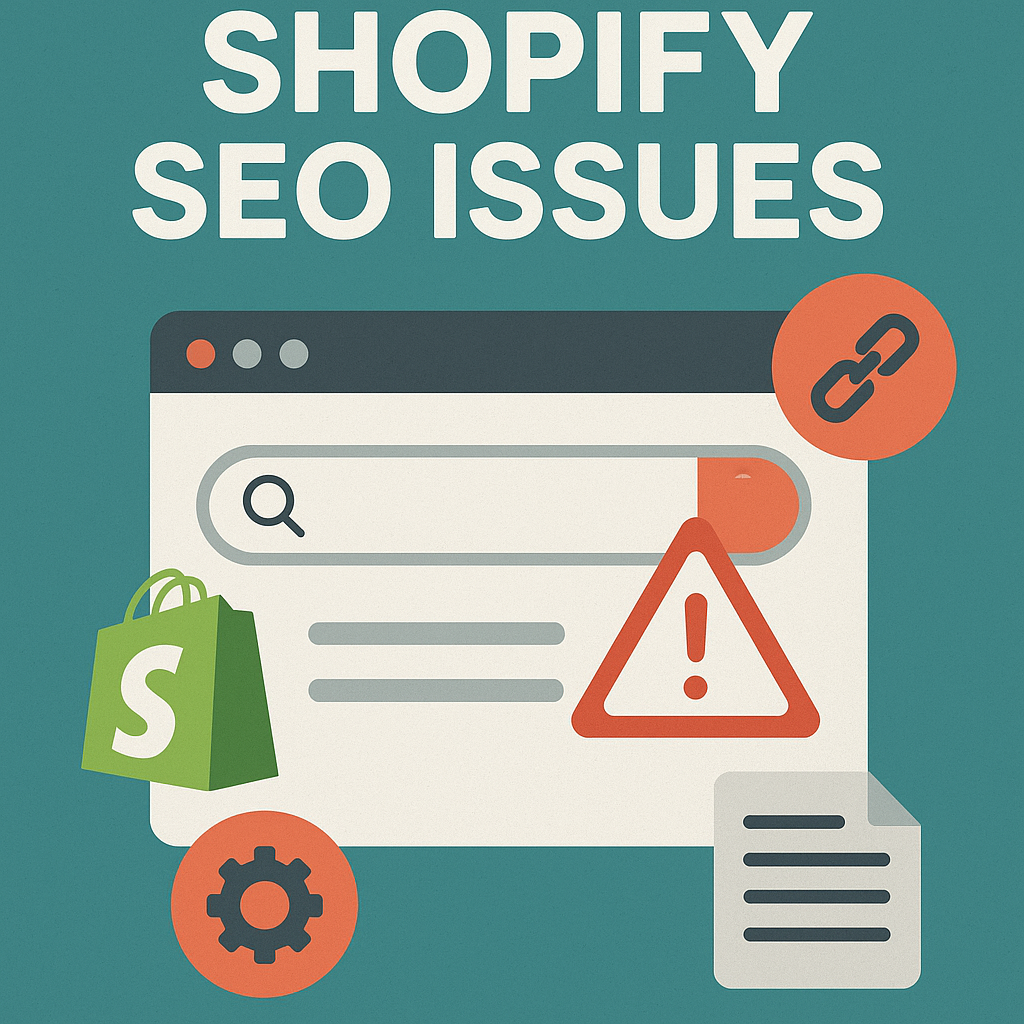


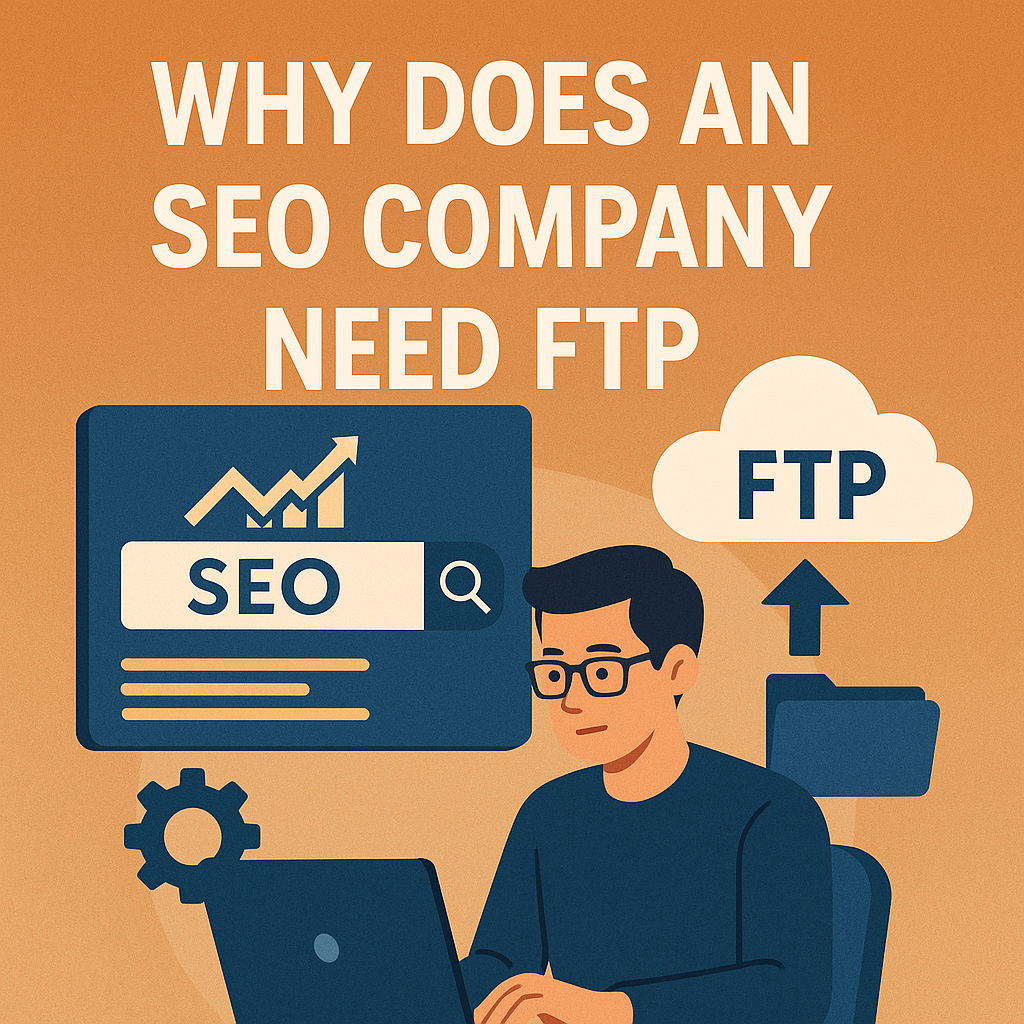
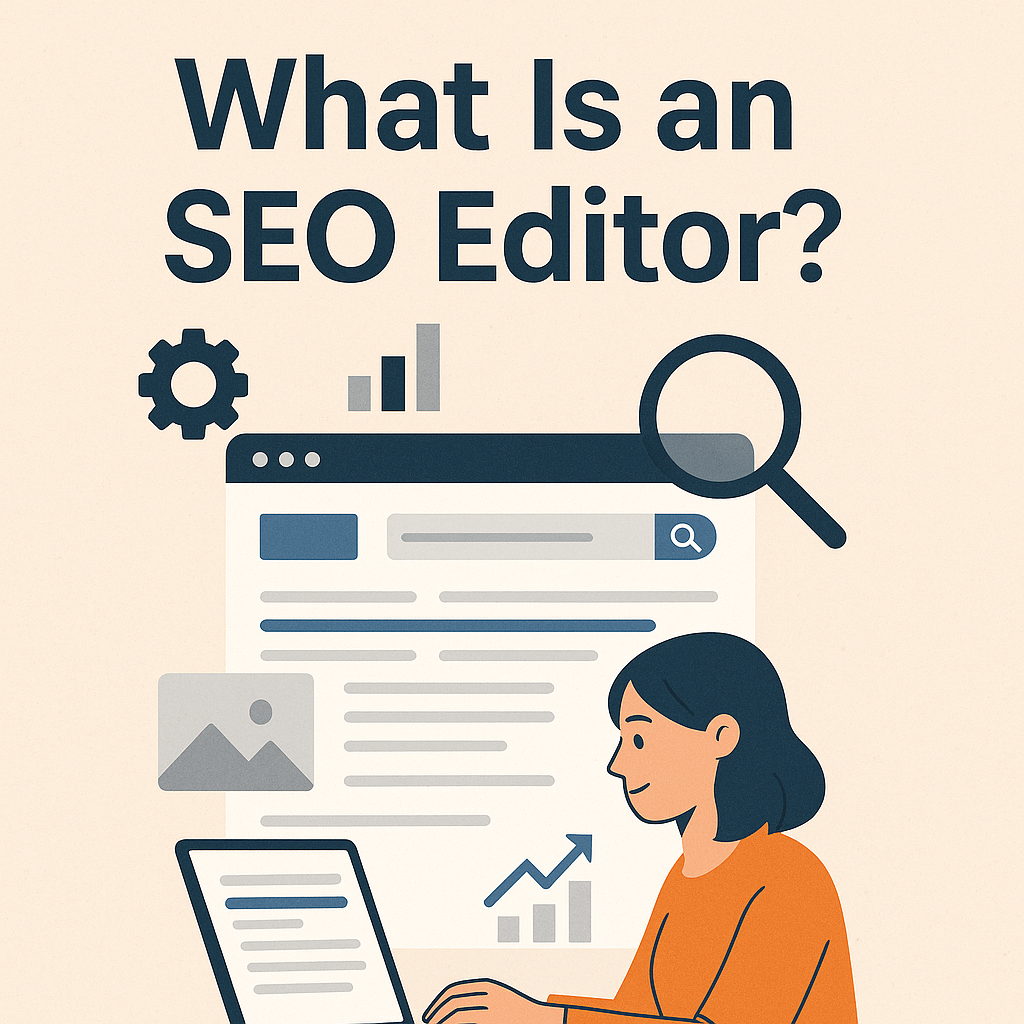
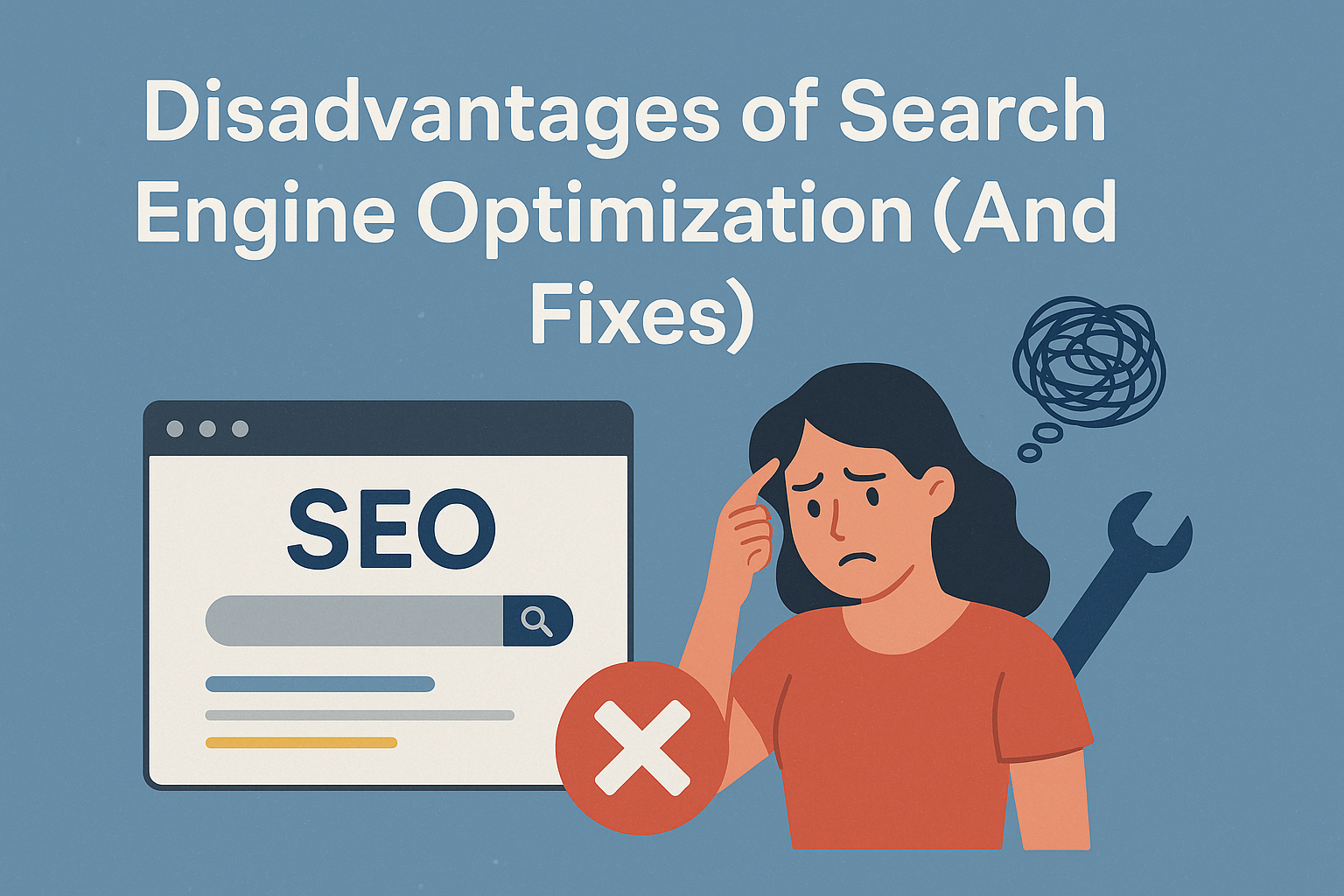
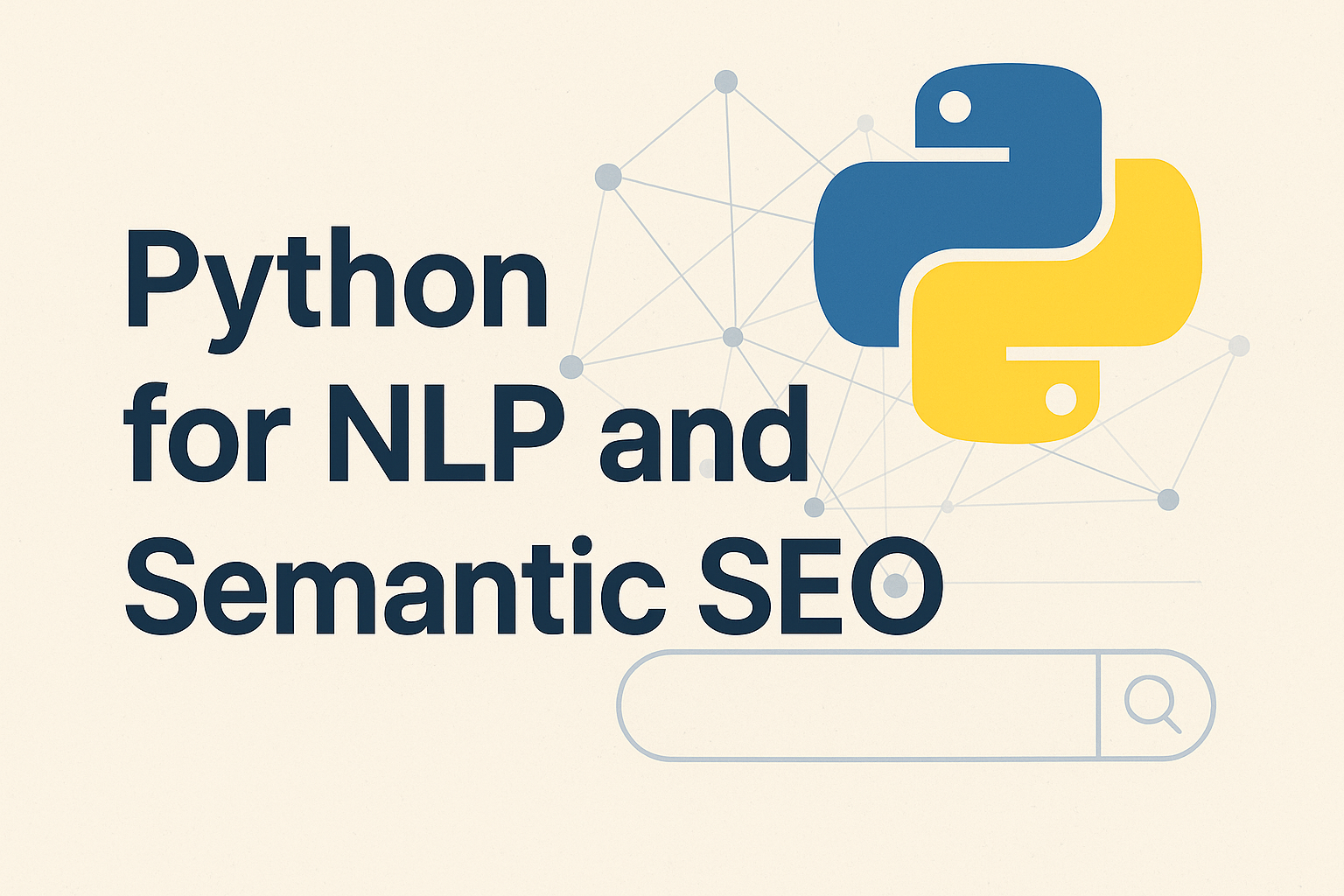
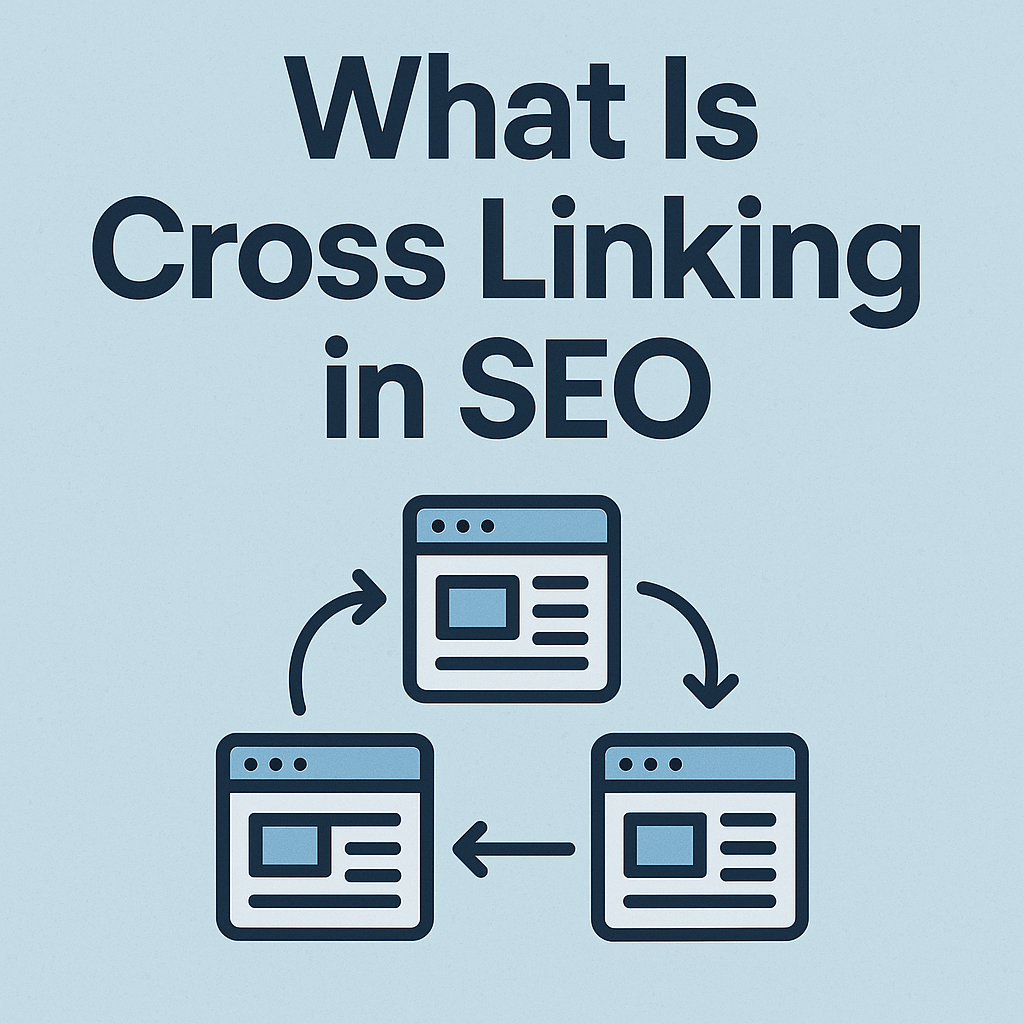

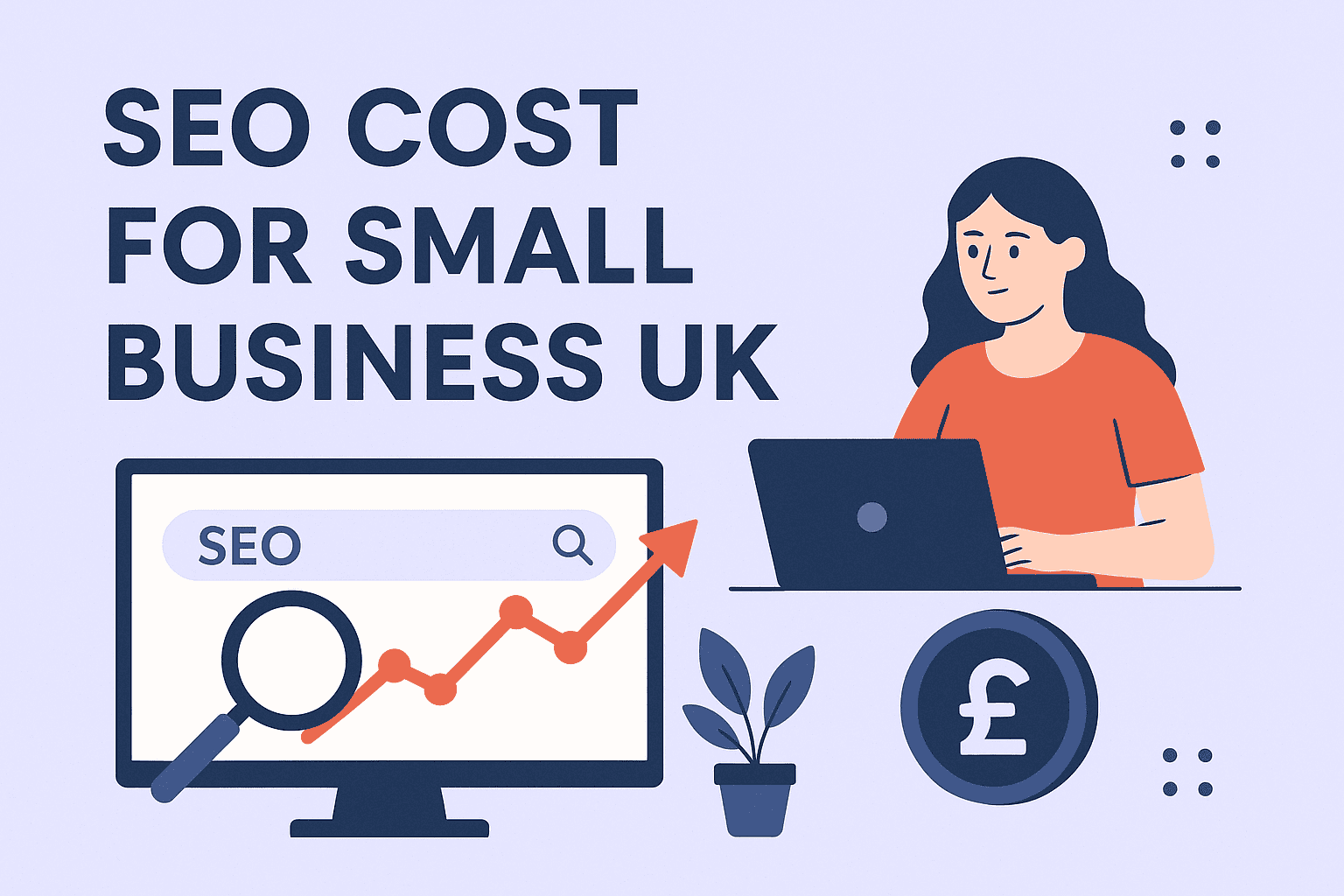

![How Many Outbound Links Per Blog [2025 Updated]](https://backlinkmanagement.io/wp-content/uploads/2025/06/How-Many-Outbound-Links-Per-Blog.png)
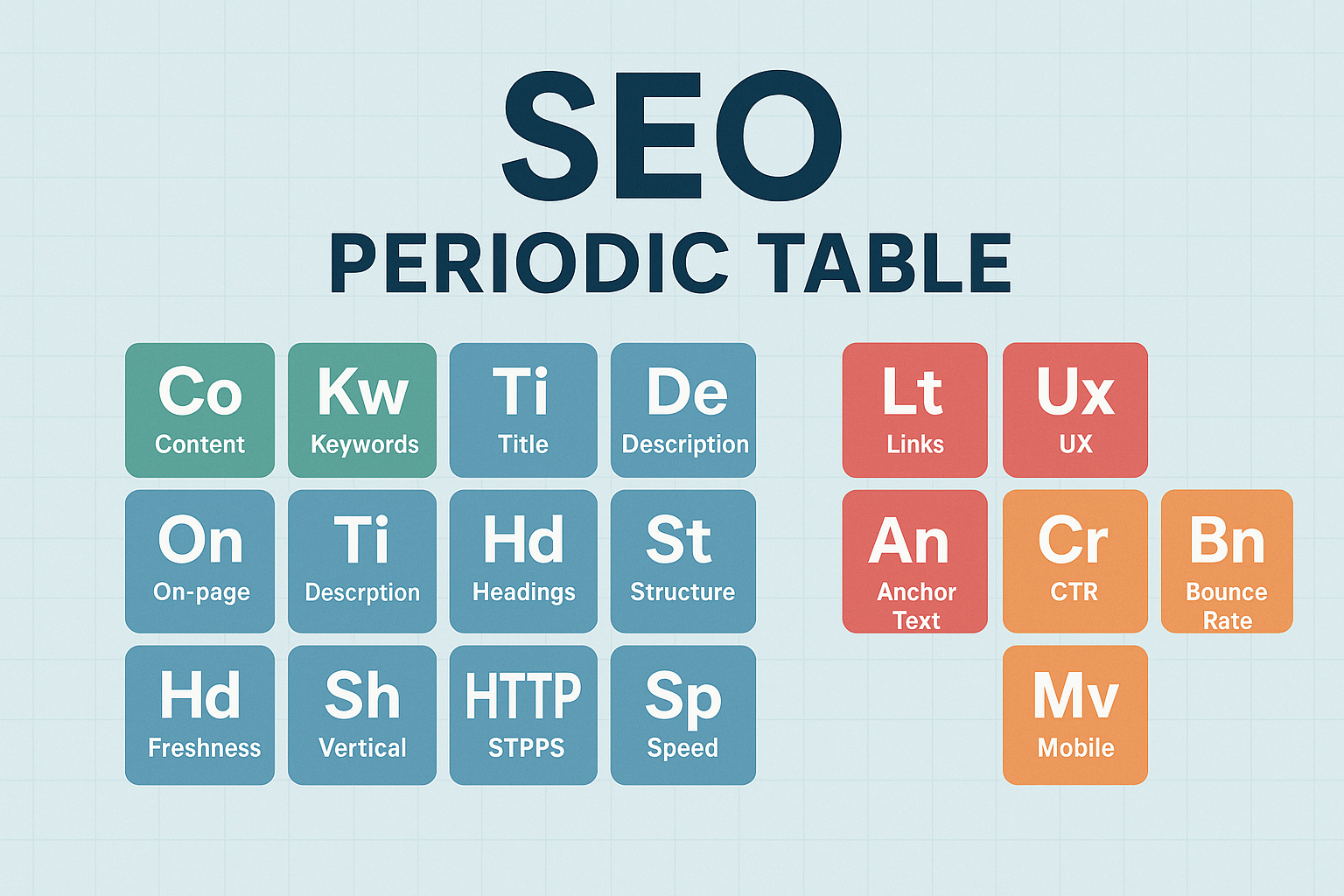

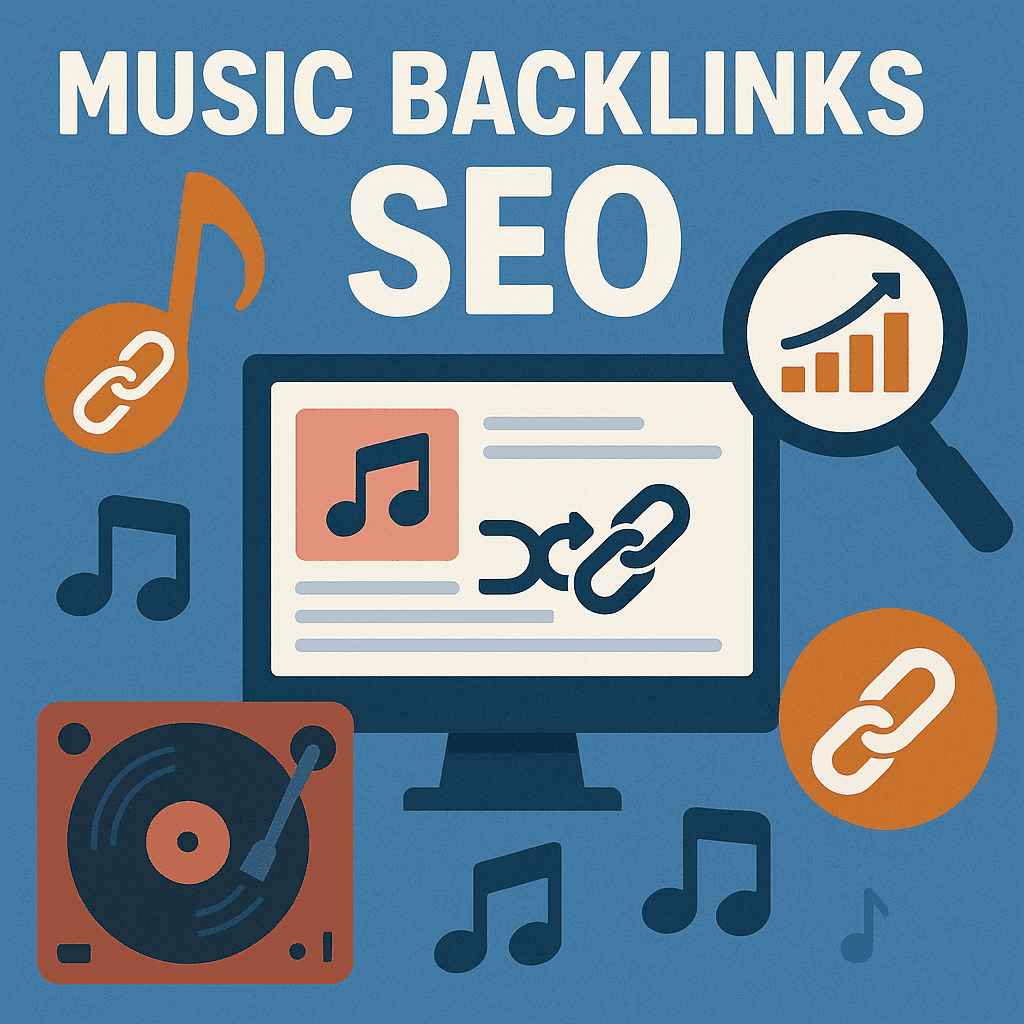
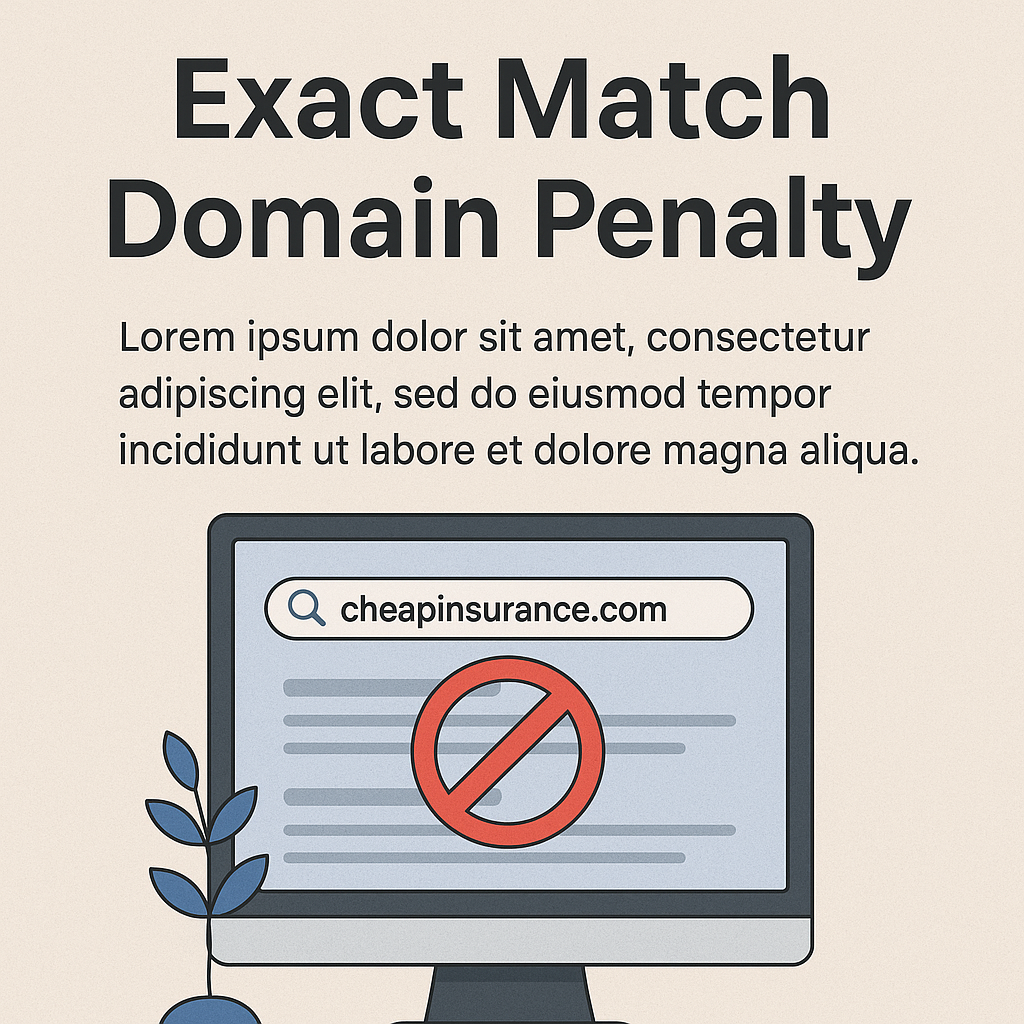
![B2B and B2C Website Examples [2025 Updated]](https://backlinkmanagement.io/wp-content/uploads/2025/05/B2B-and-B2C-Website-Example-.png)
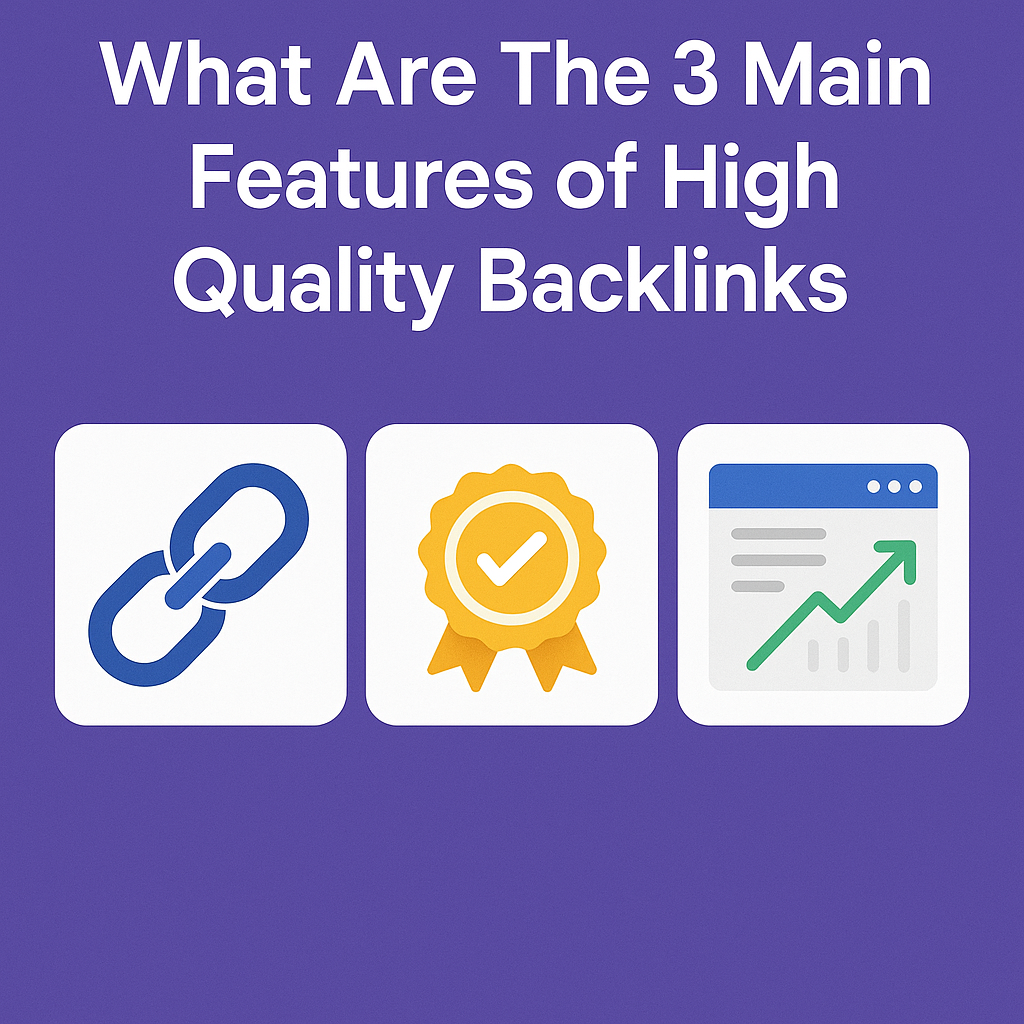
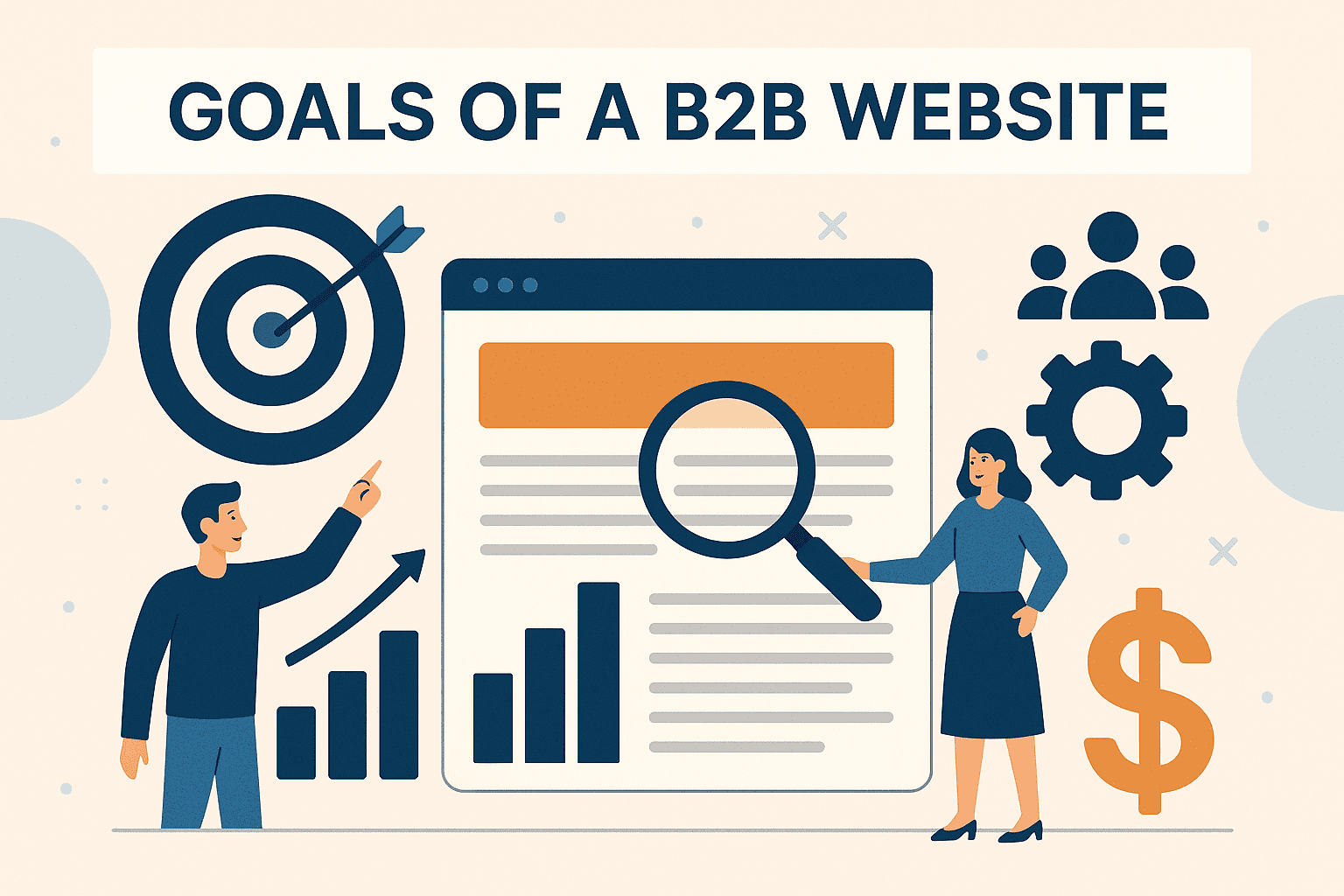

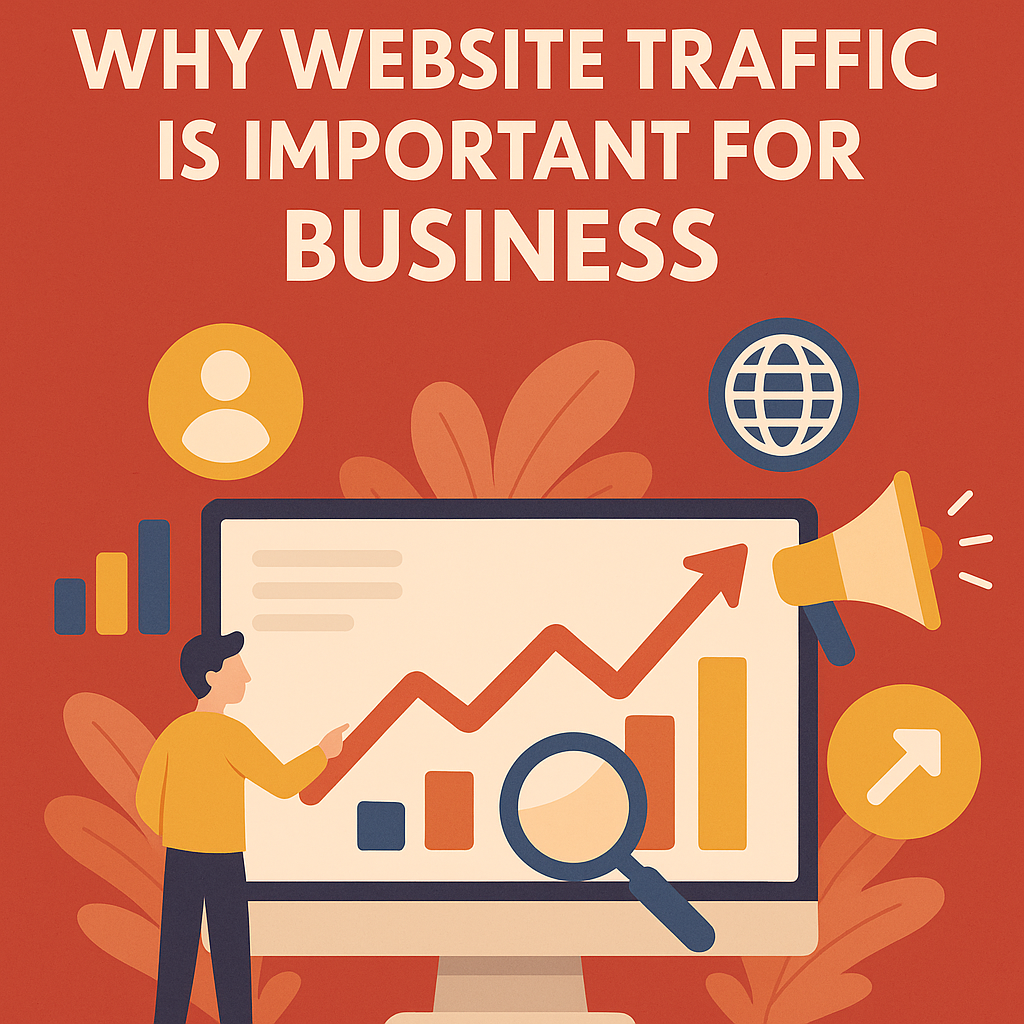

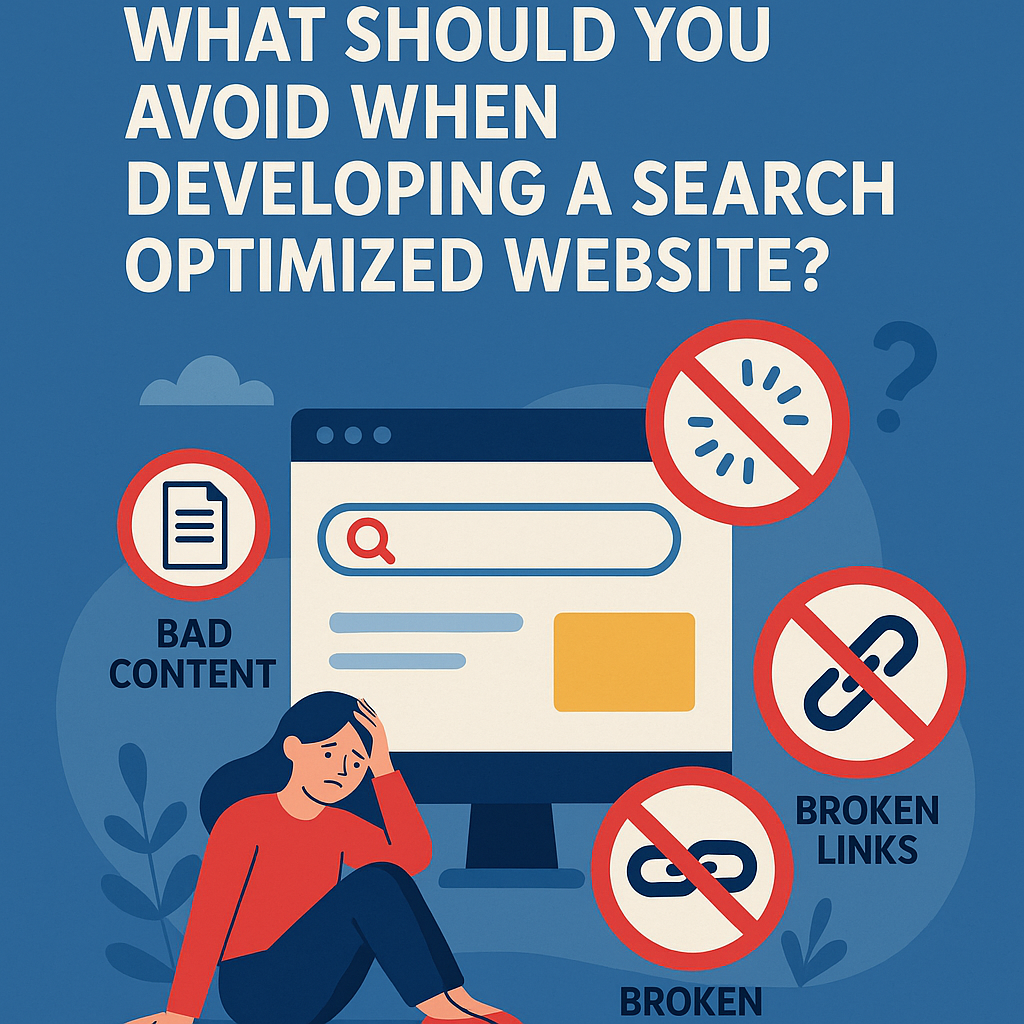


![What To Do After Keyword Research [2025 Guide]](https://backlinkmanagement.io/wp-content/uploads/2025/05/What-To-Do-After-Keyword-Research.png)
![Is Page Speed Really A Ranking Factor? [2025]](https://backlinkmanagement.io/wp-content/uploads/2025/05/Is-Page-Speed-Really-A-Ranking-Factor.png)
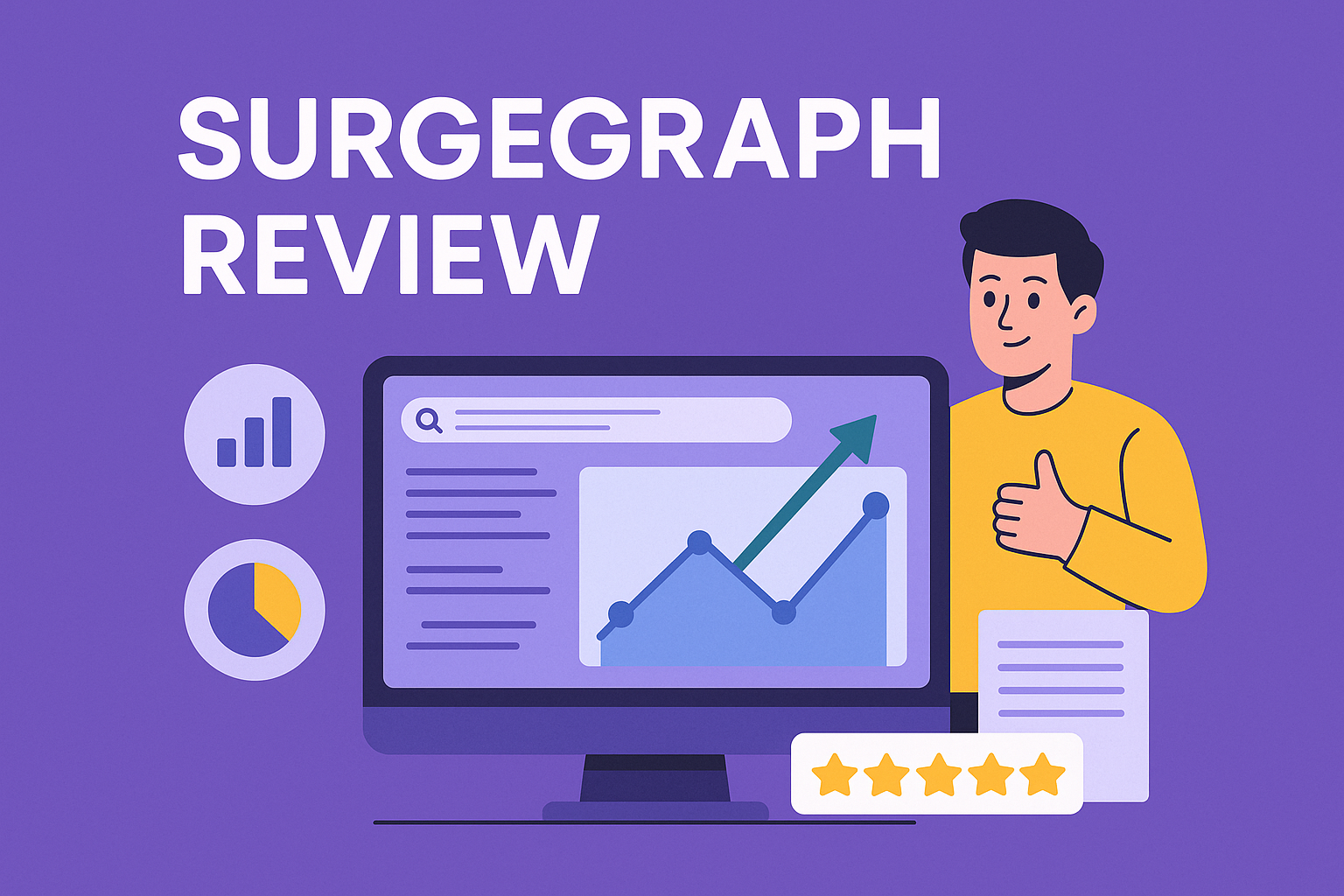


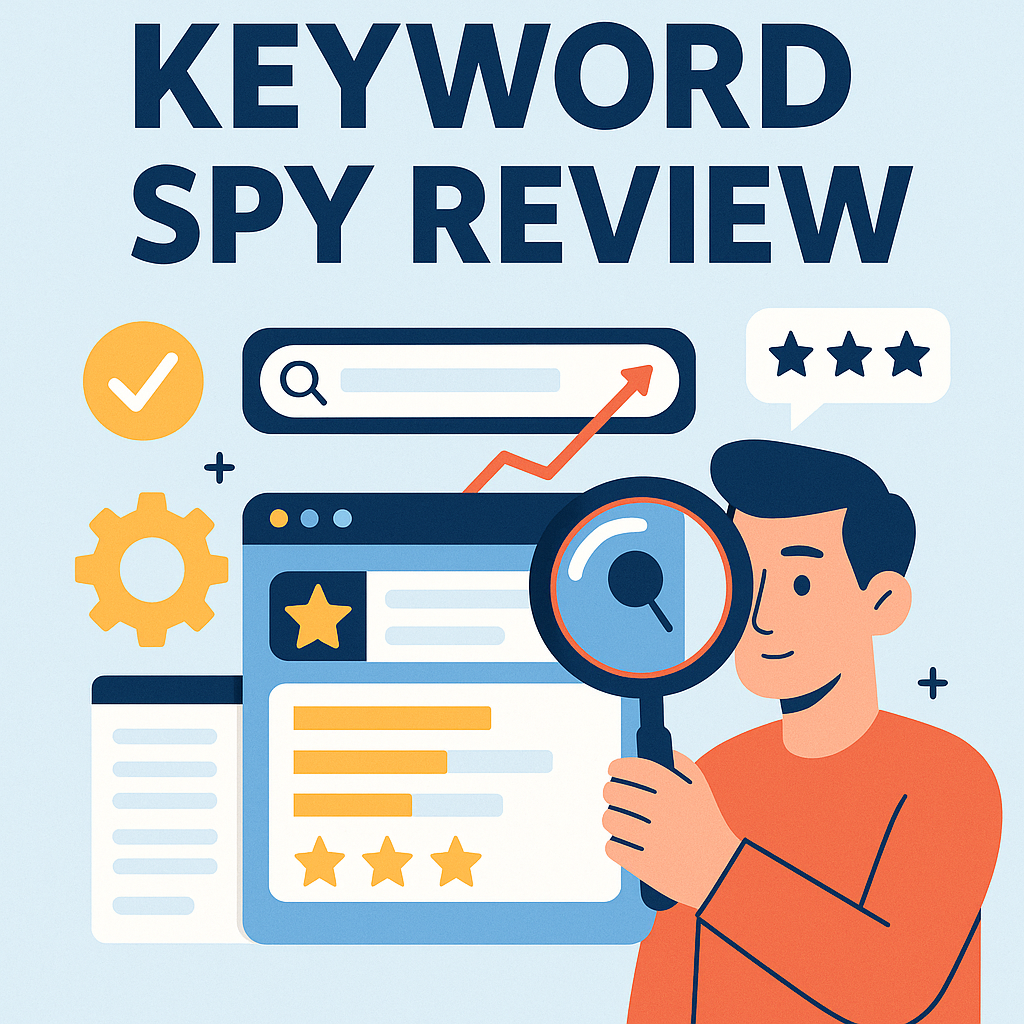




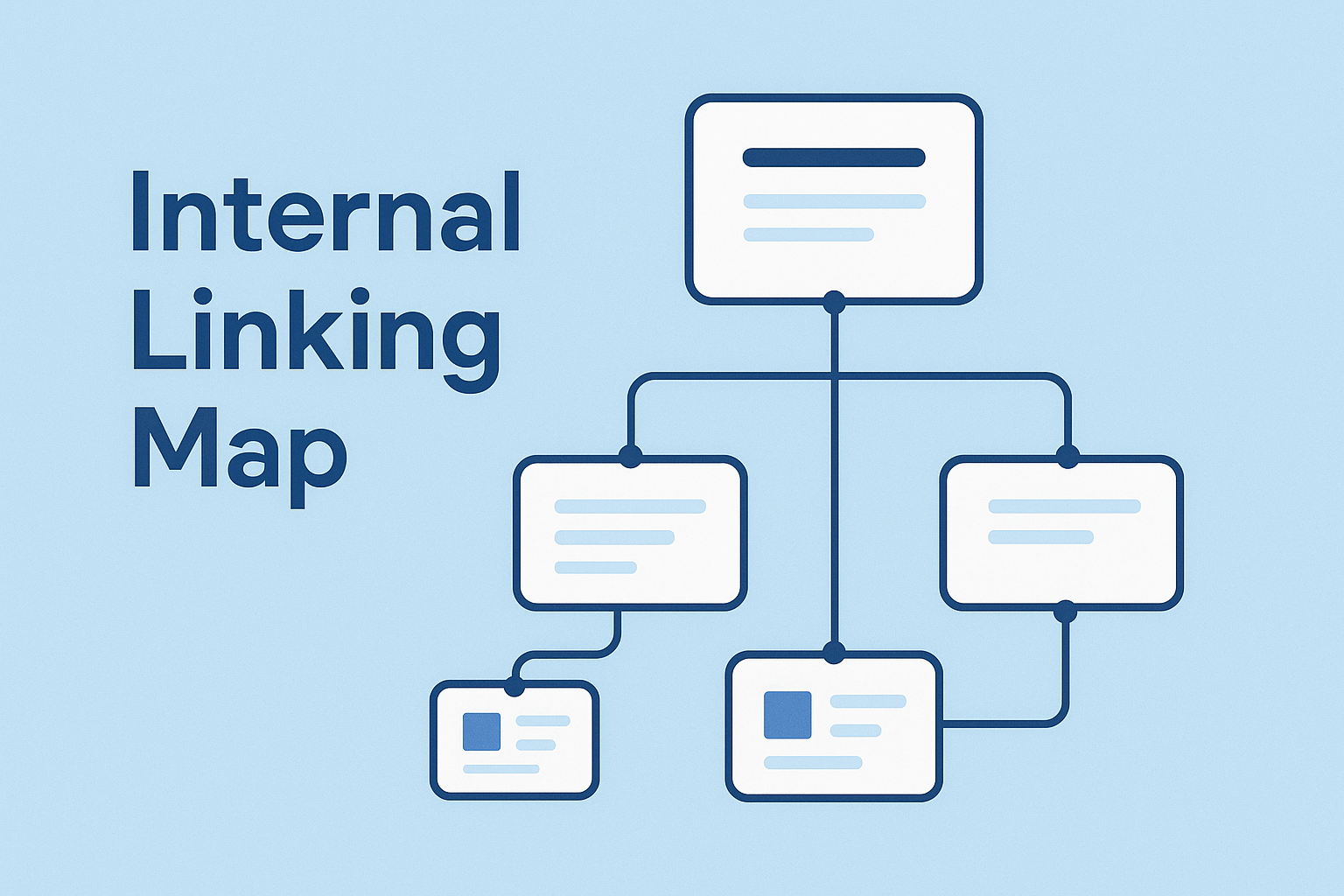
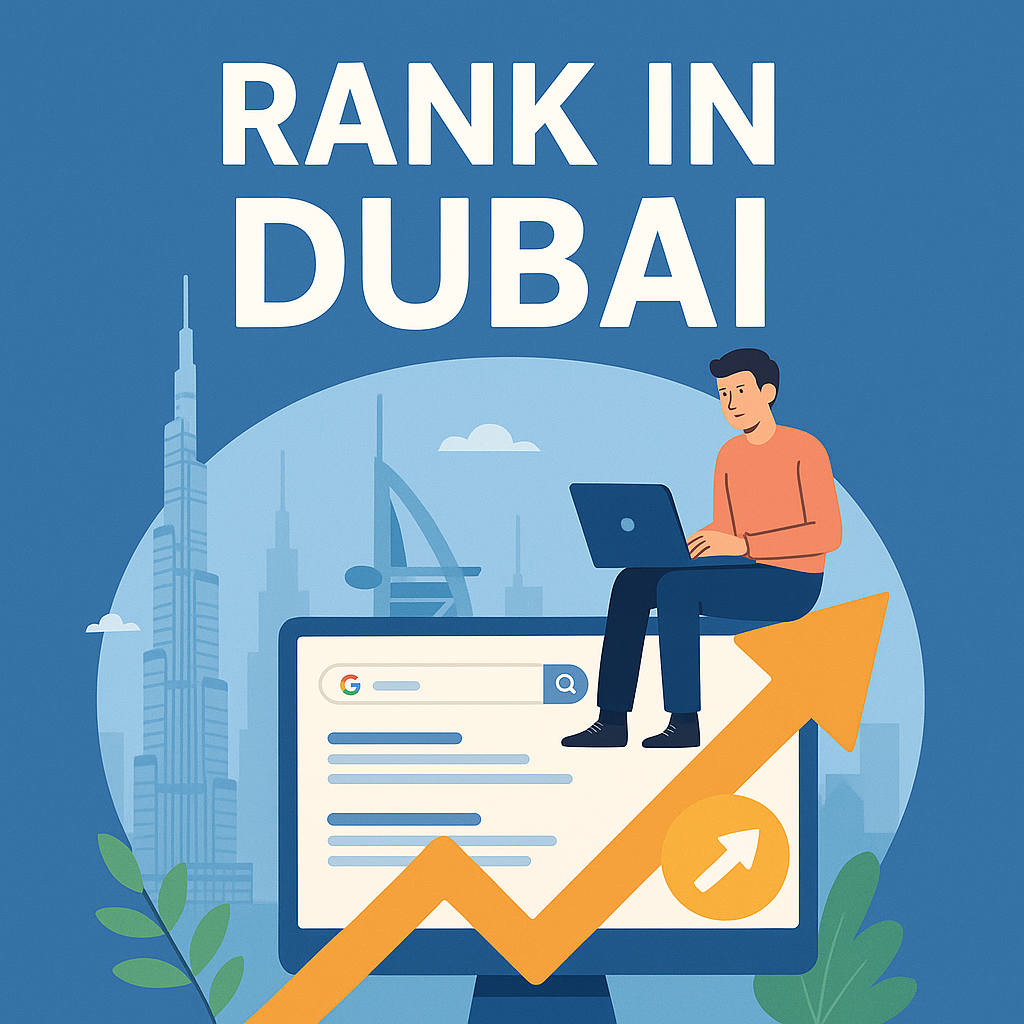
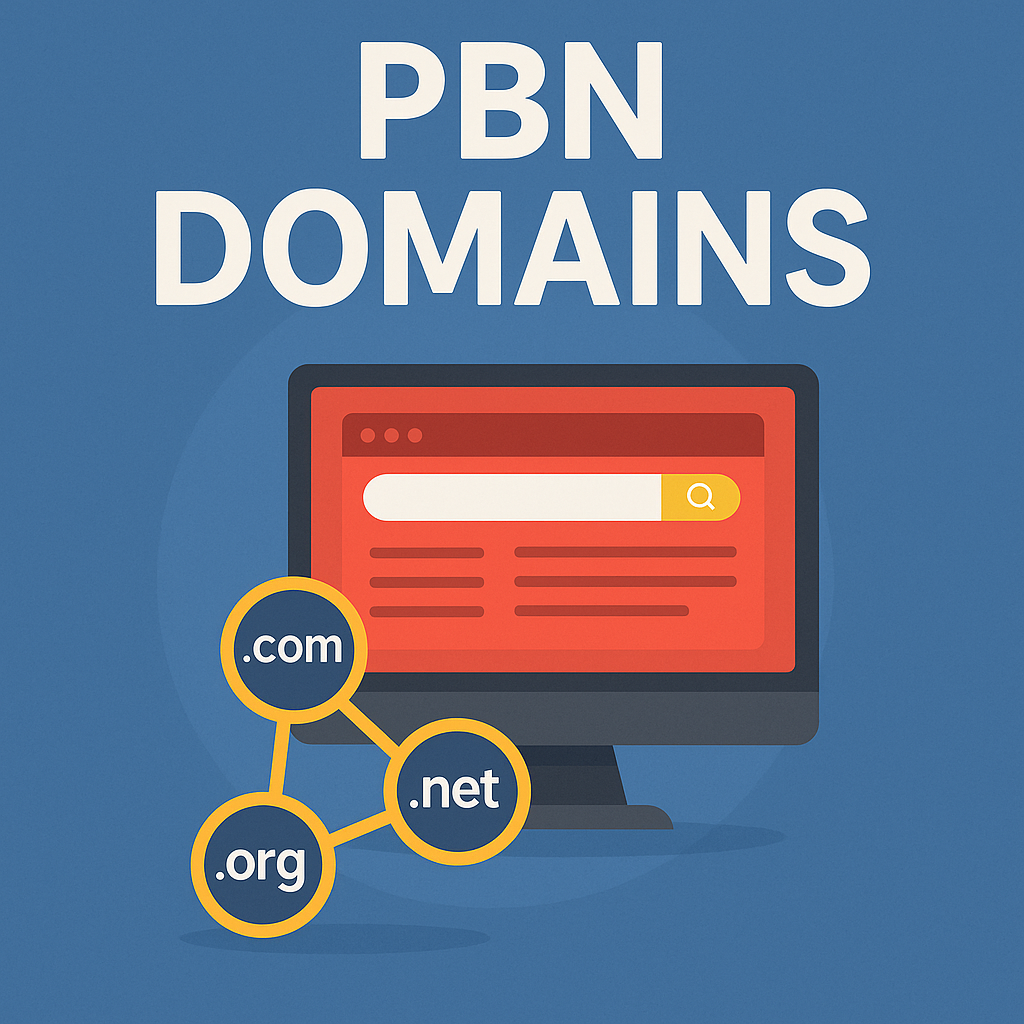
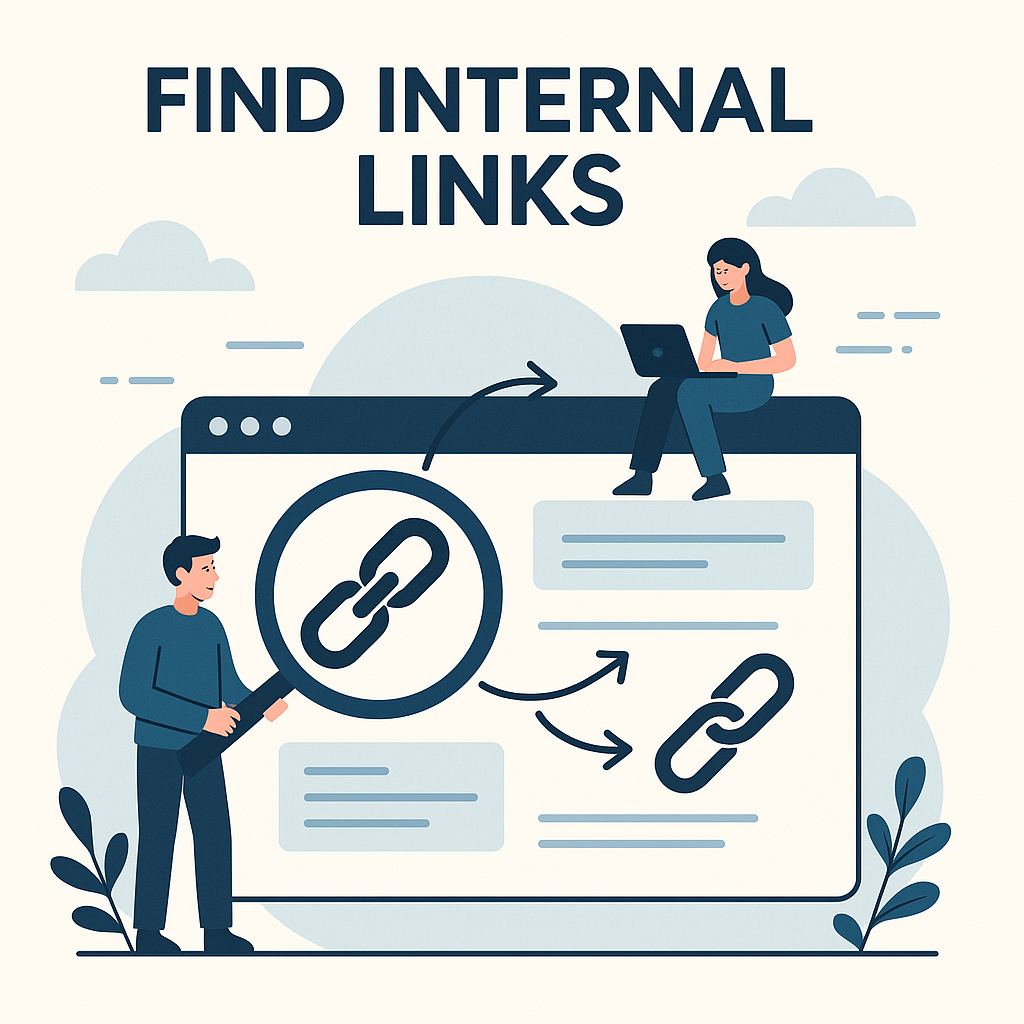
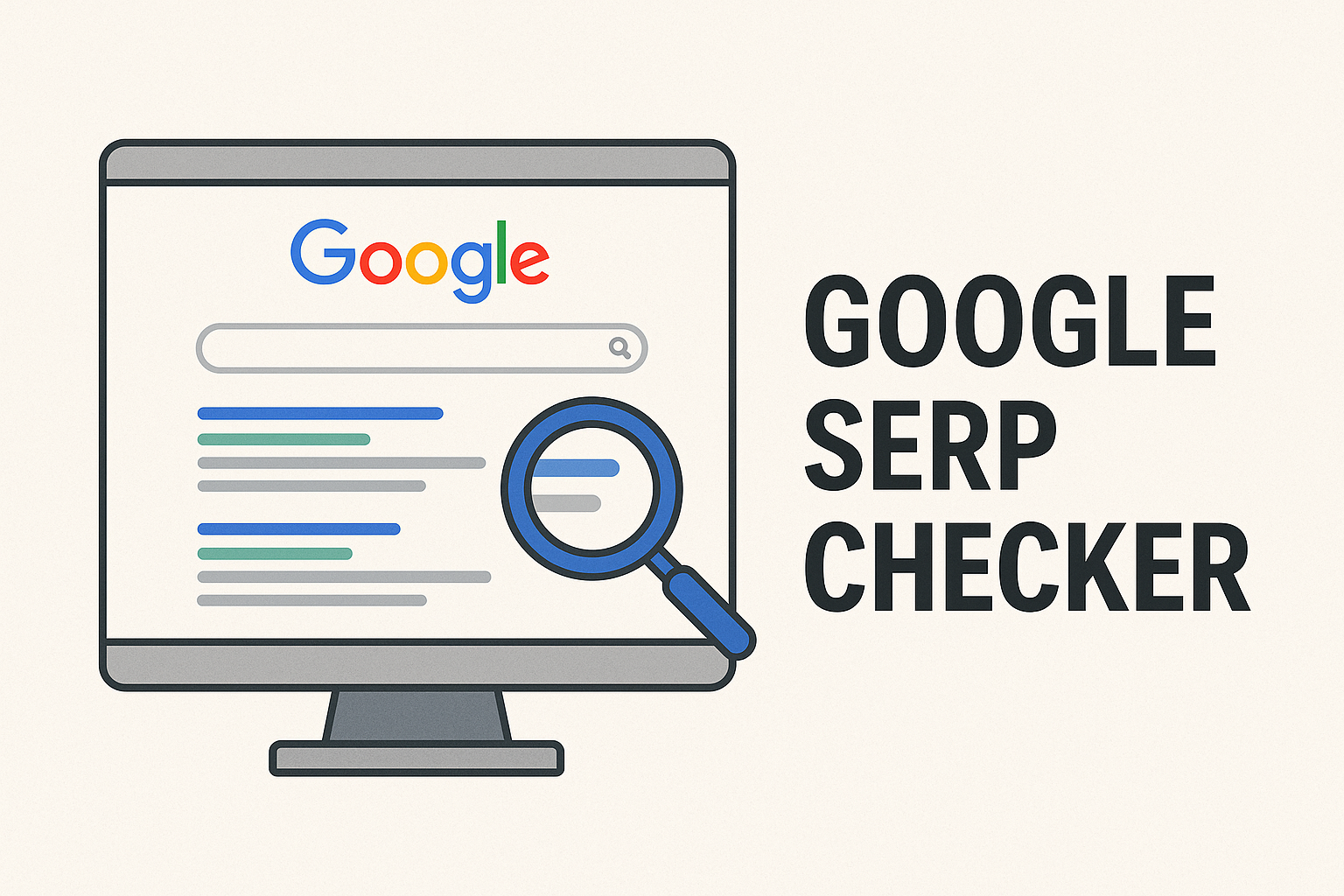
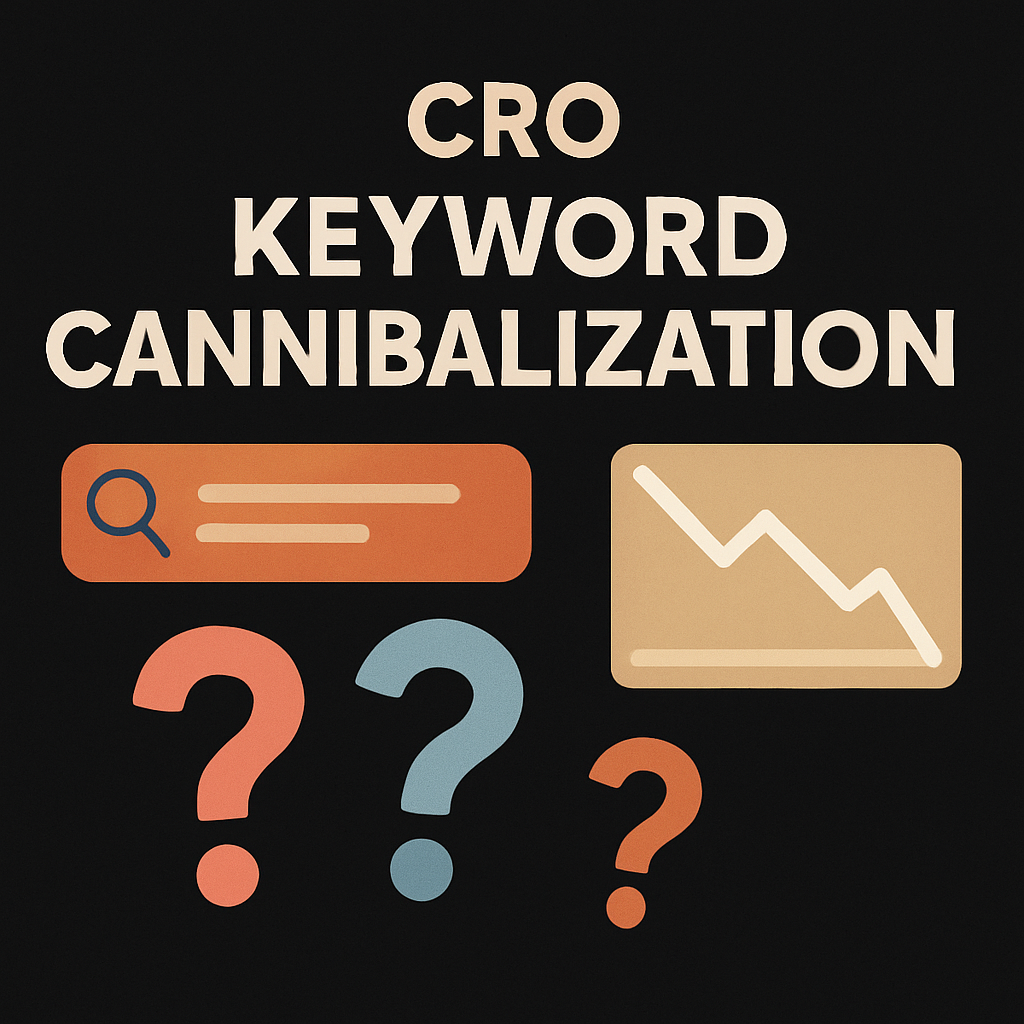
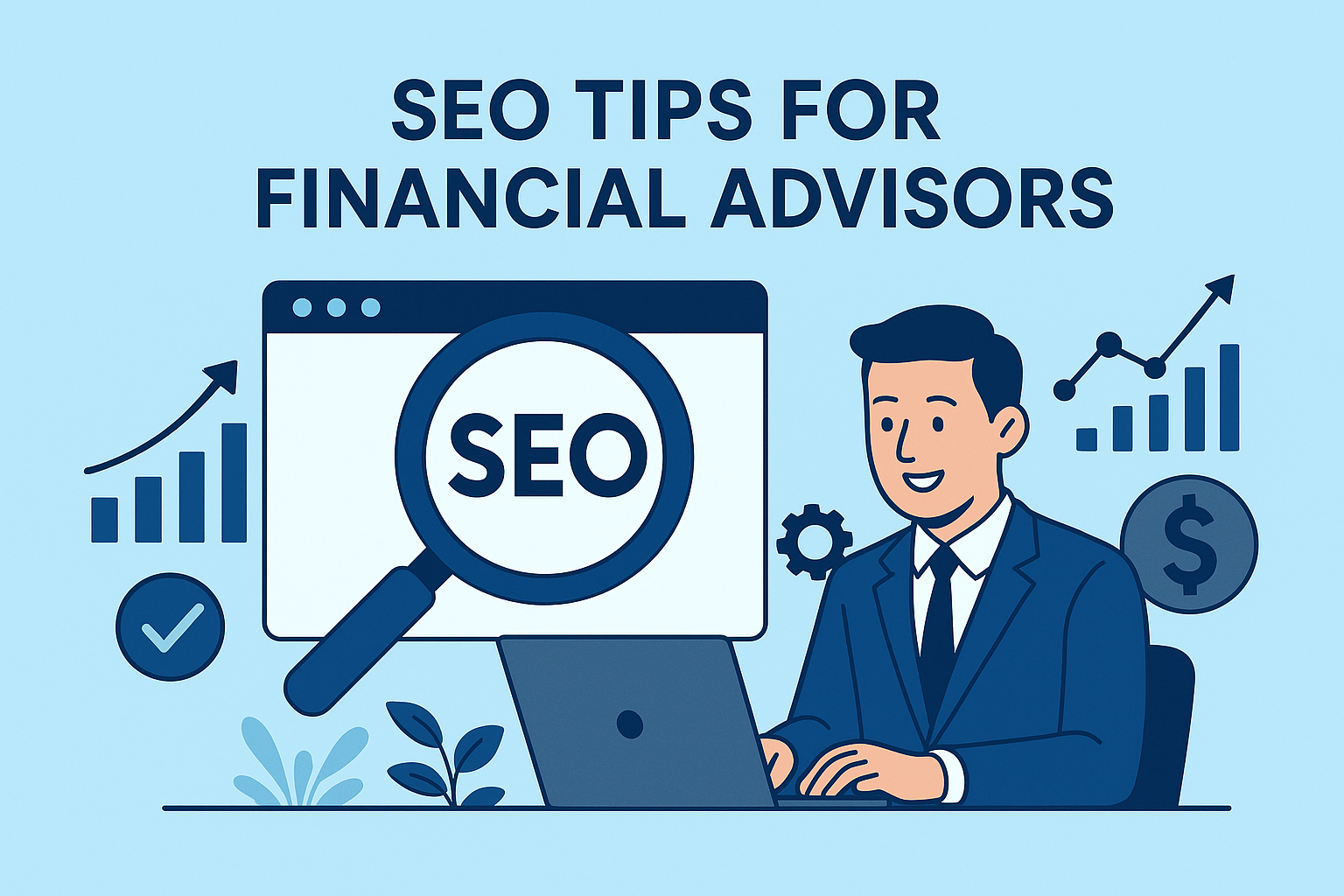

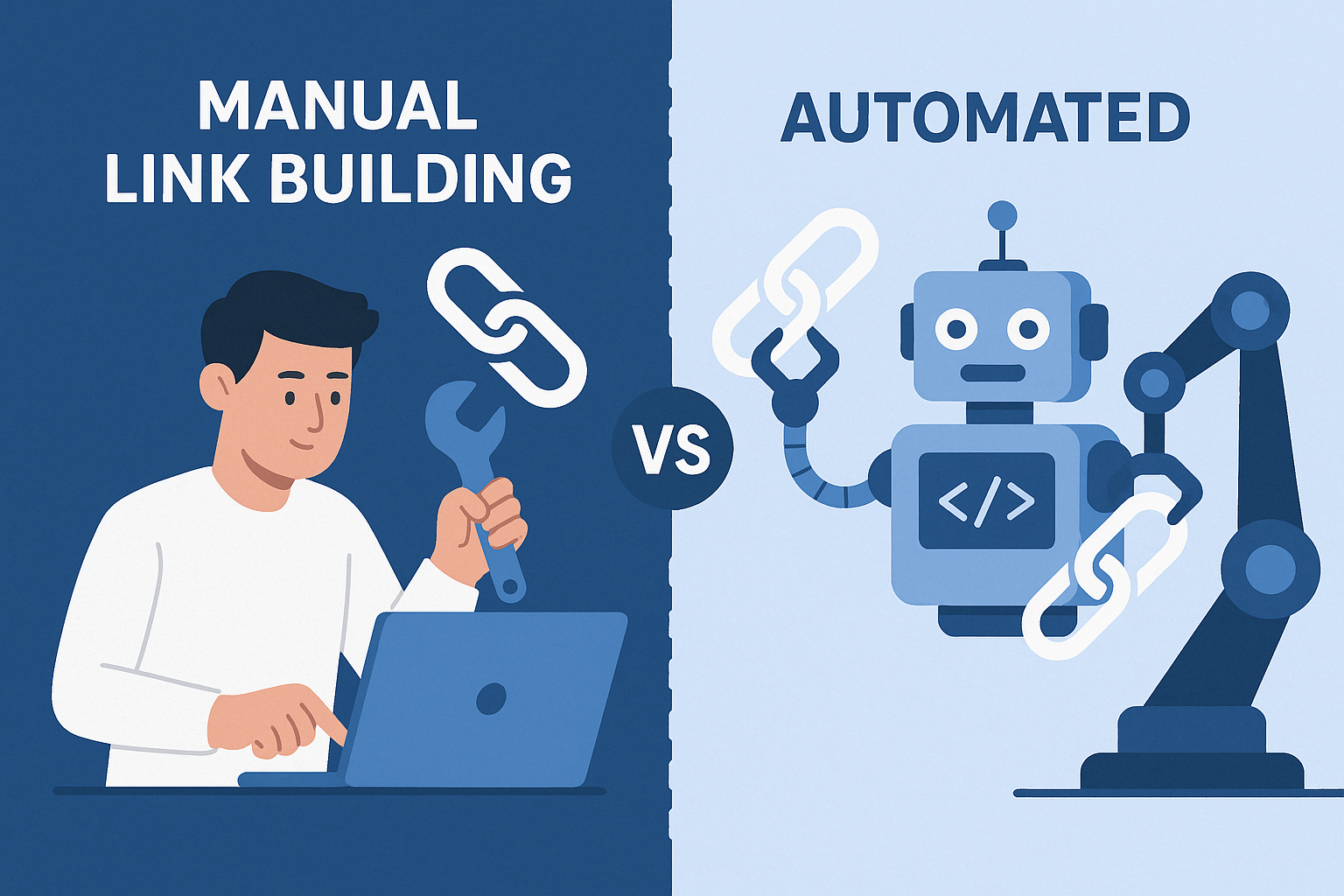



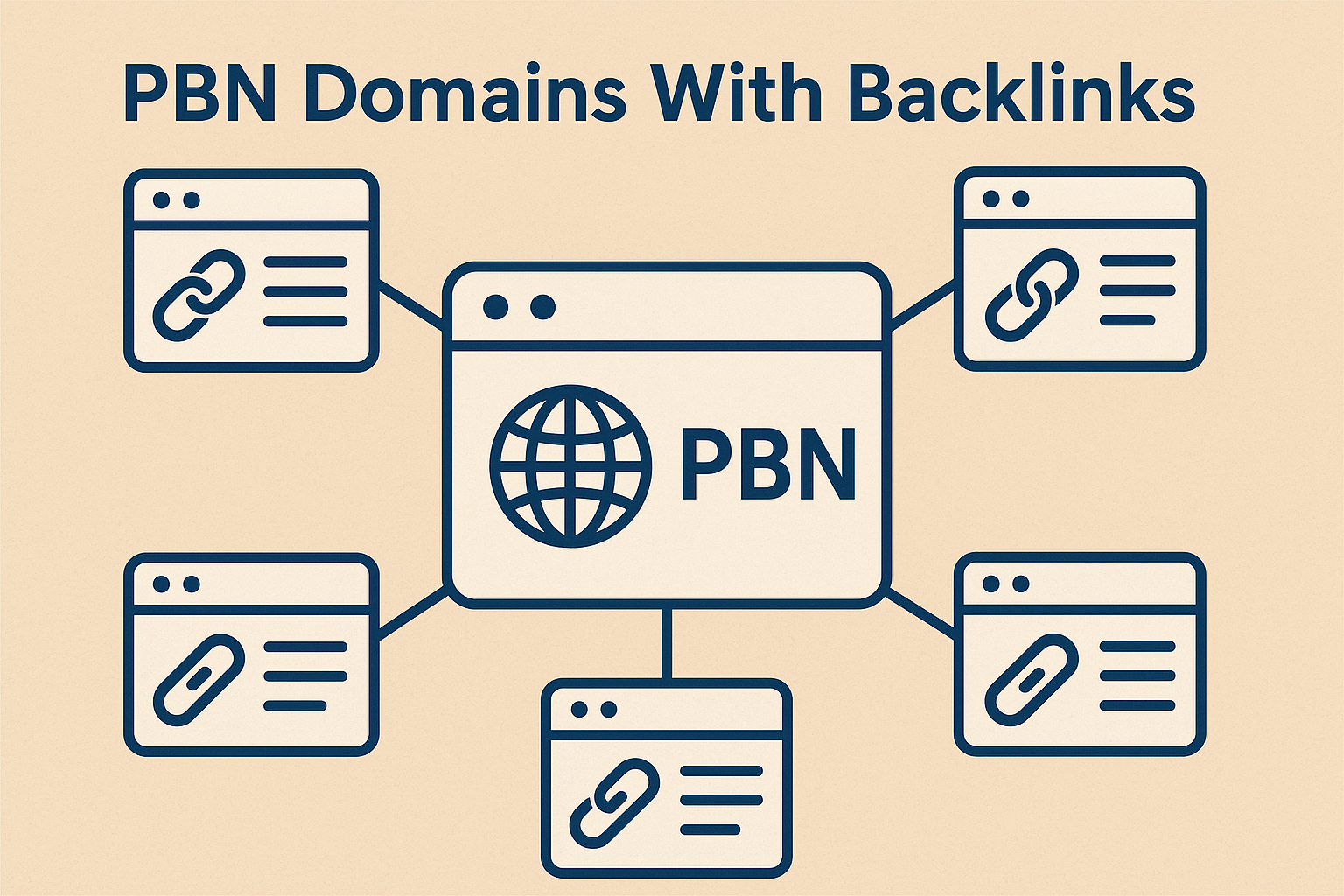
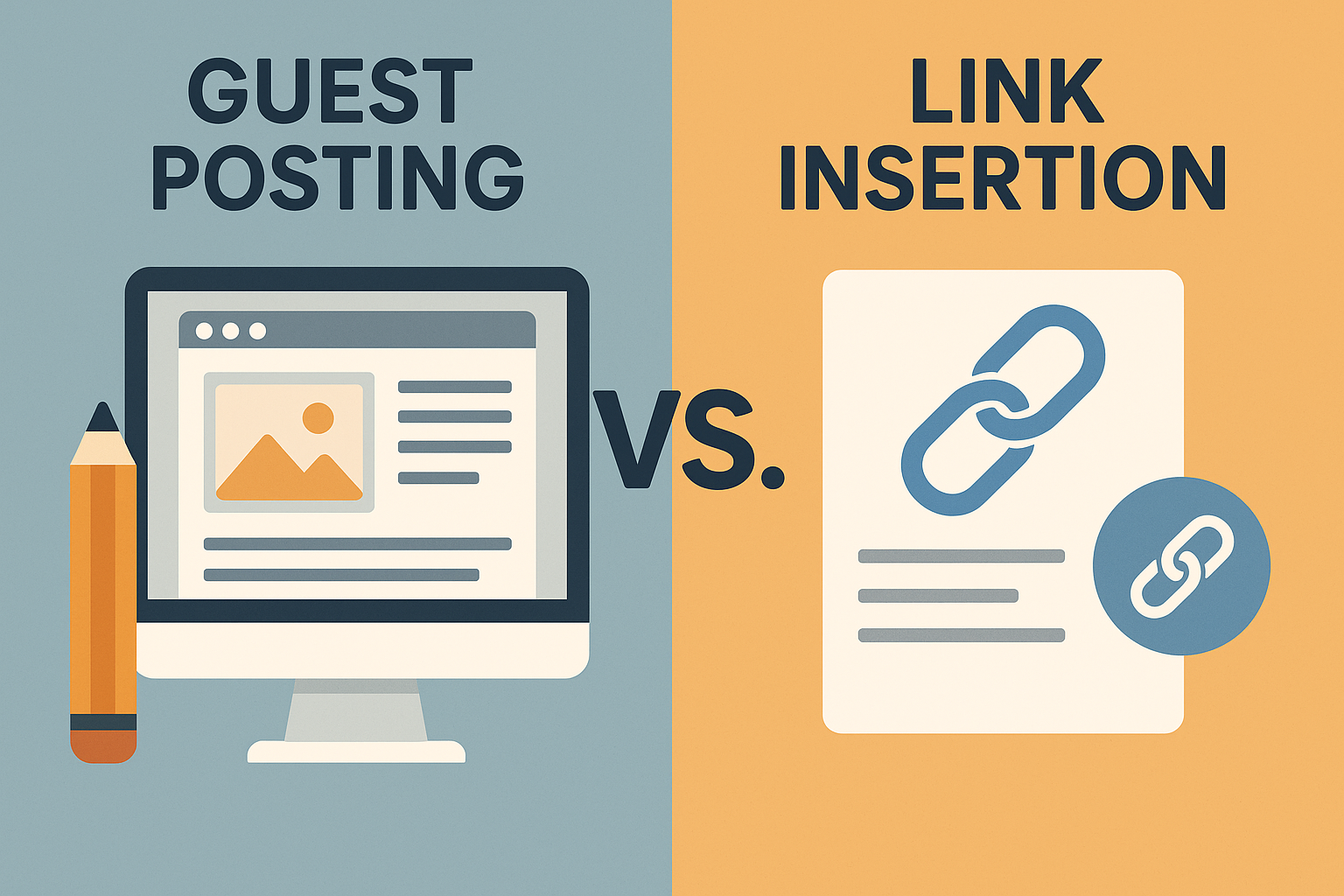
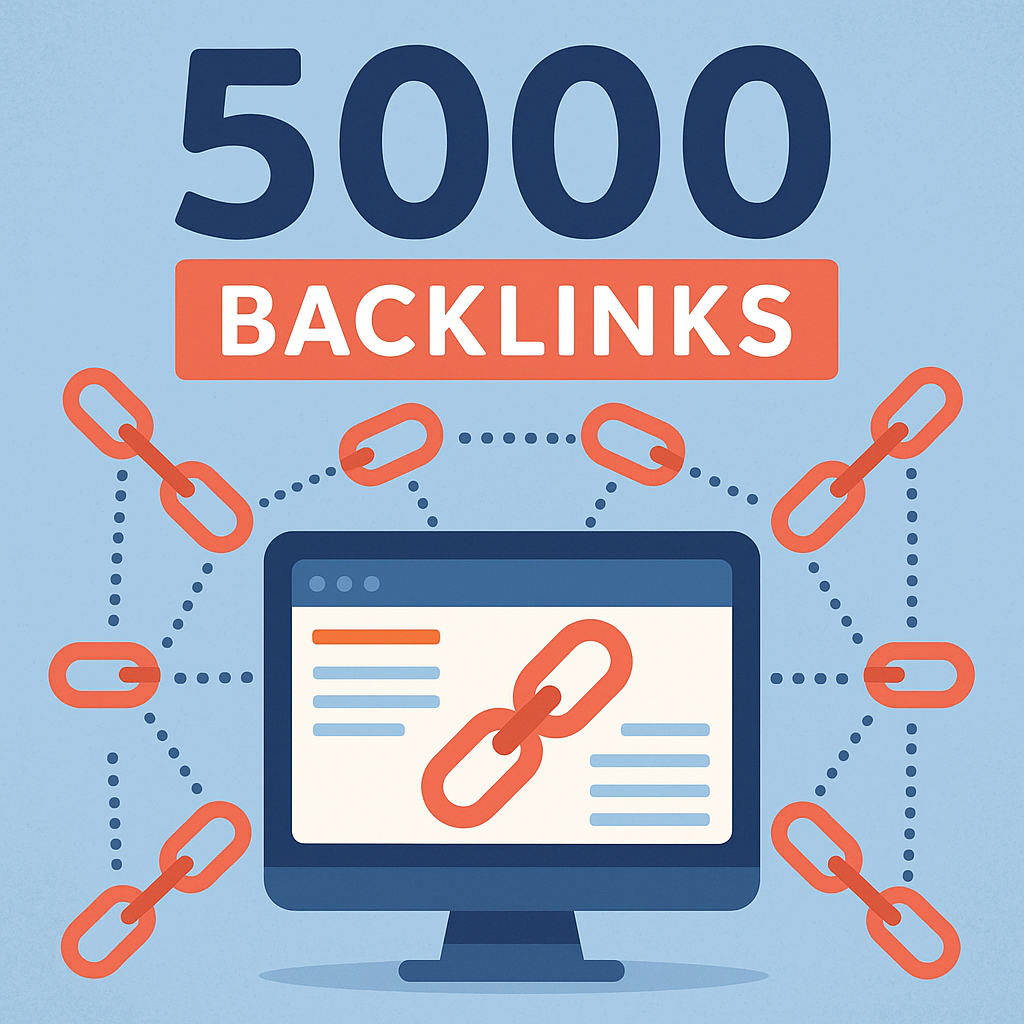
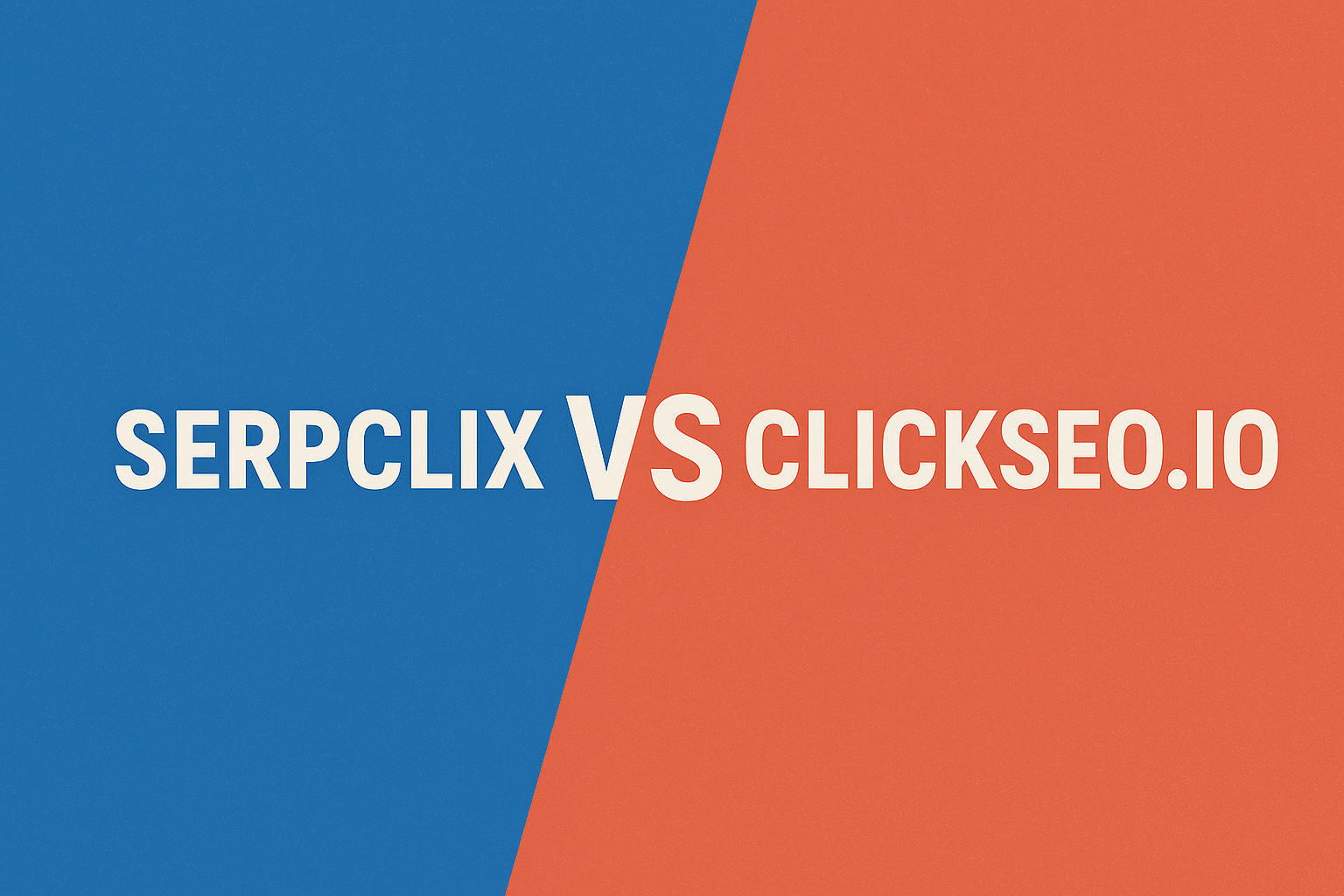

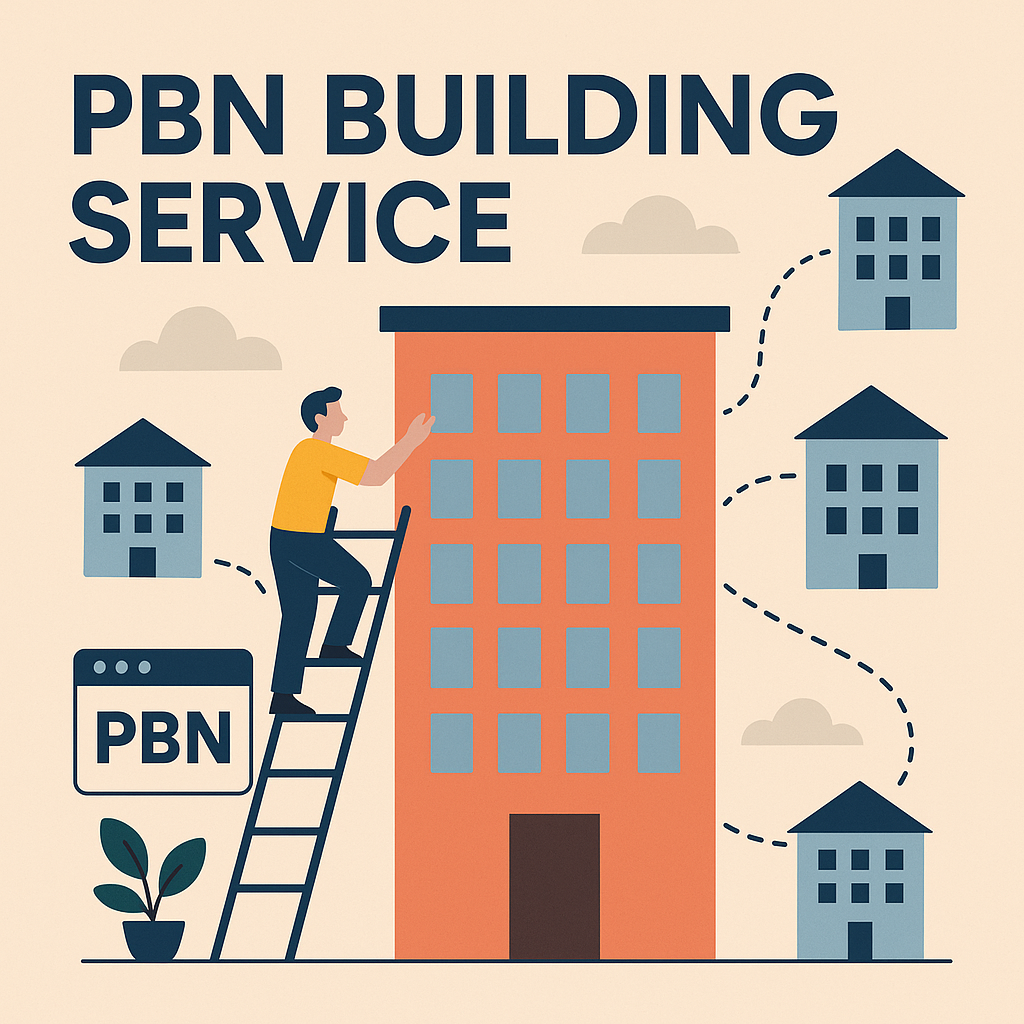
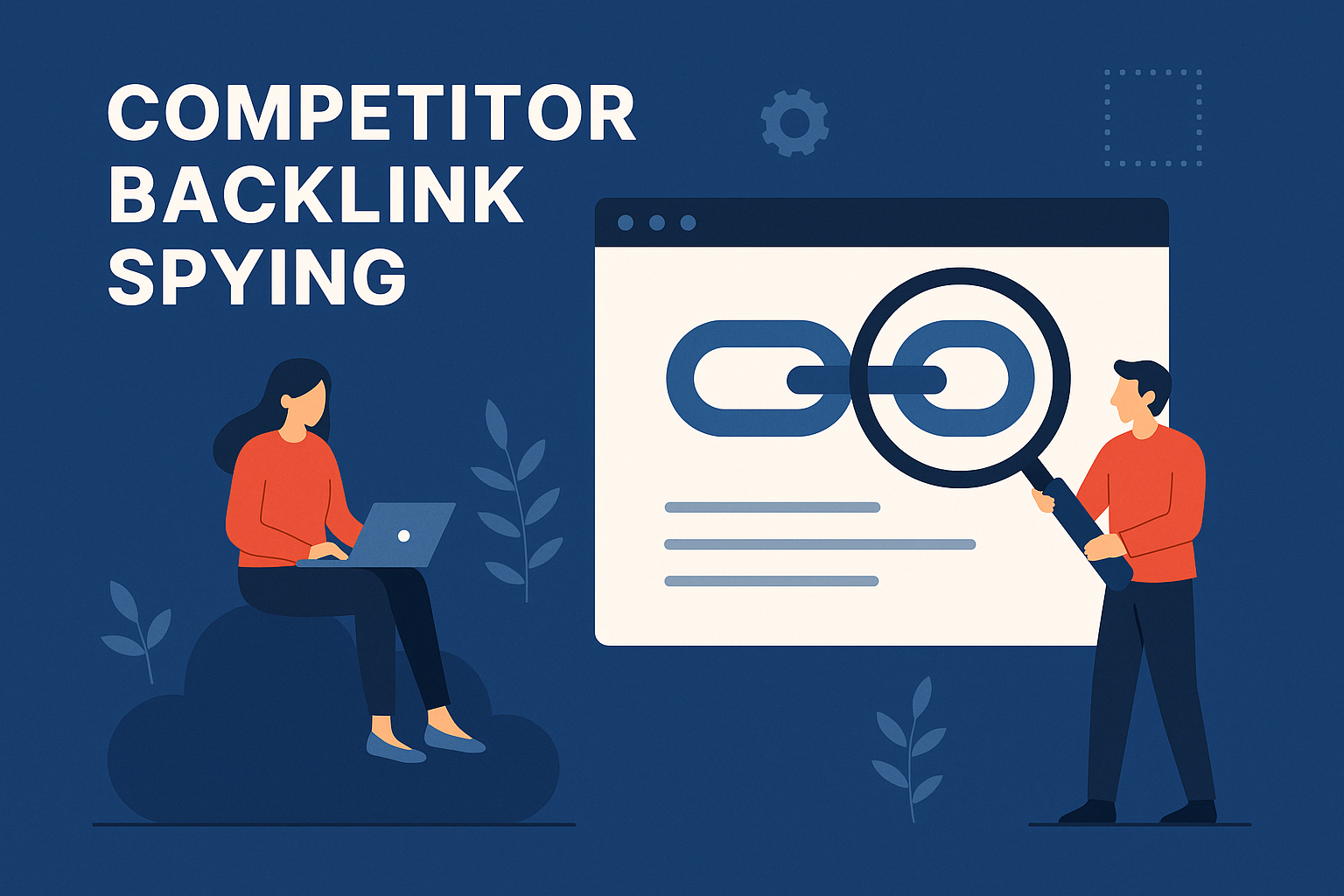


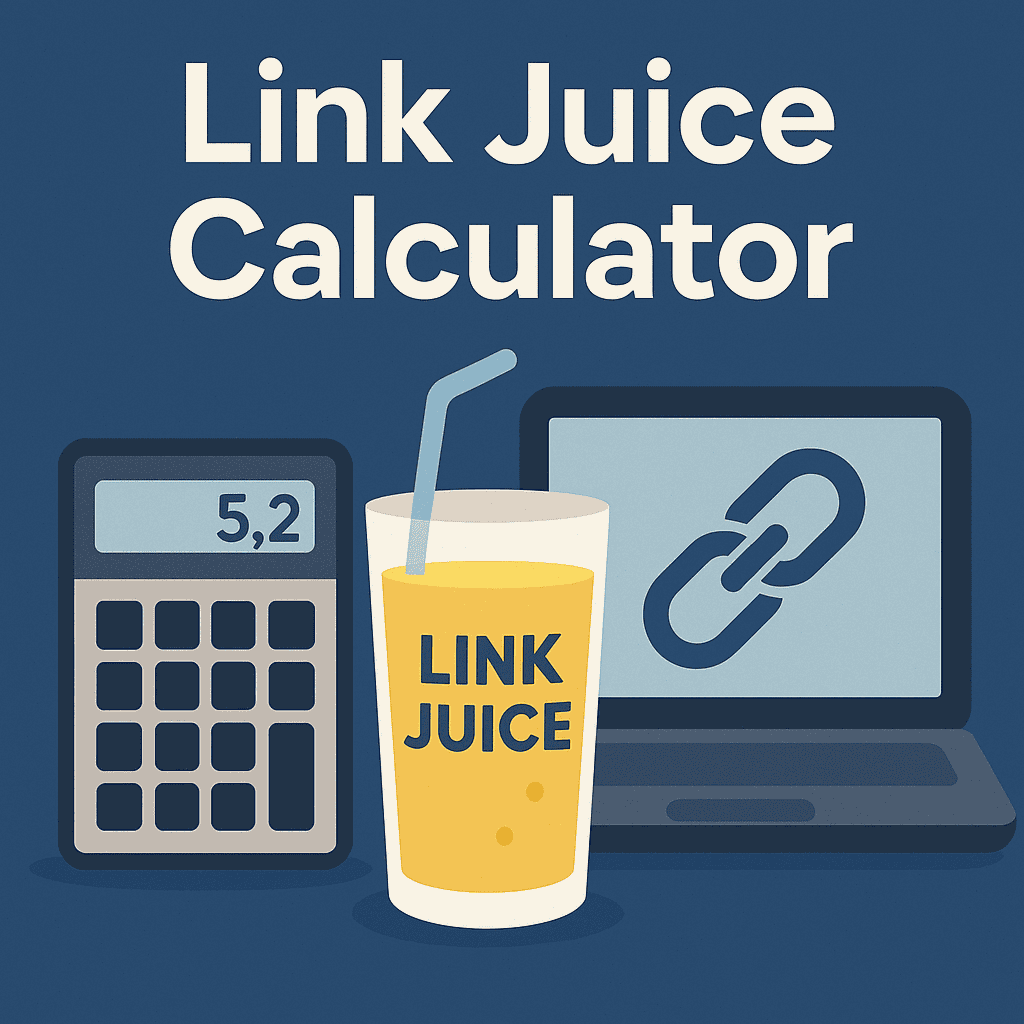


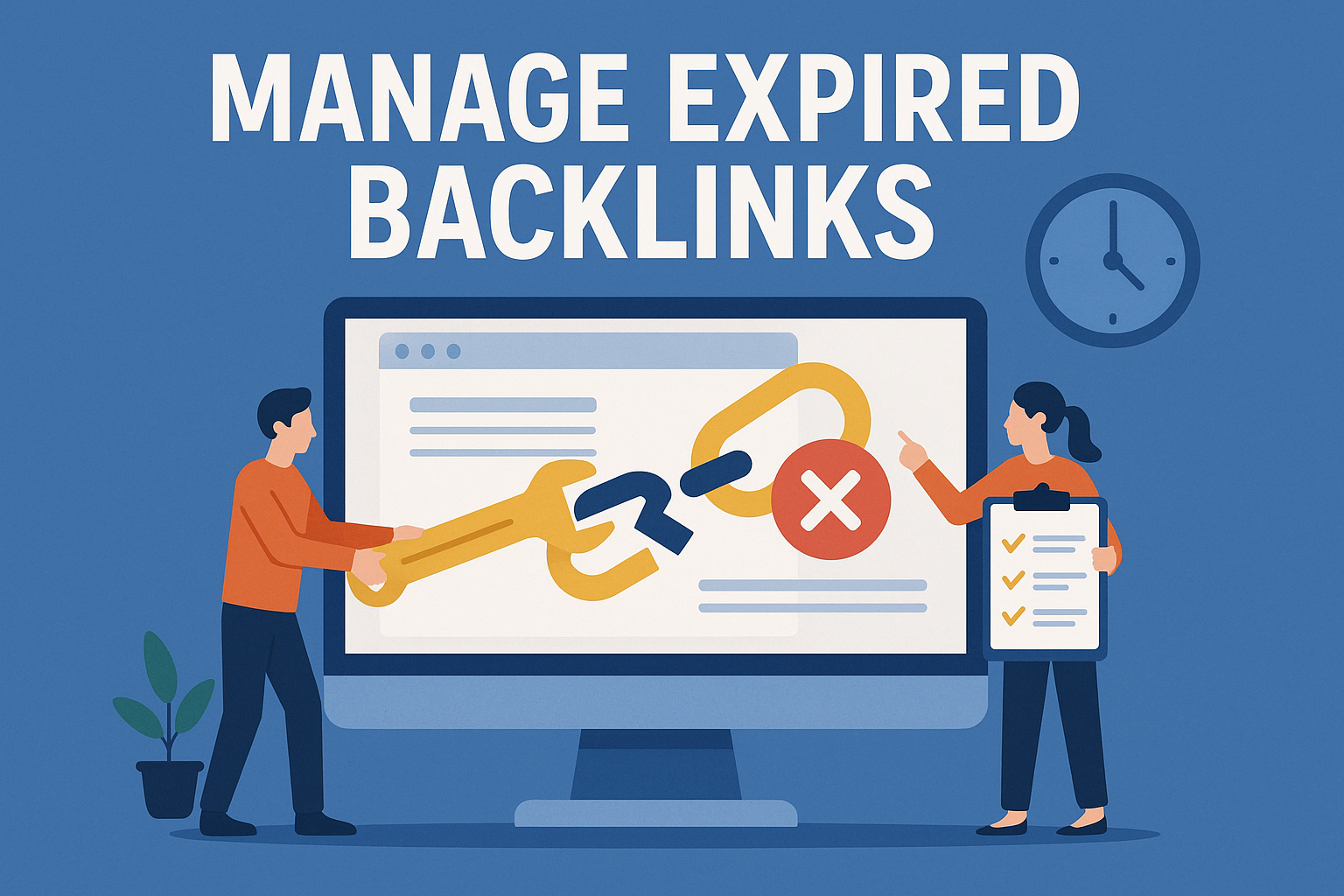

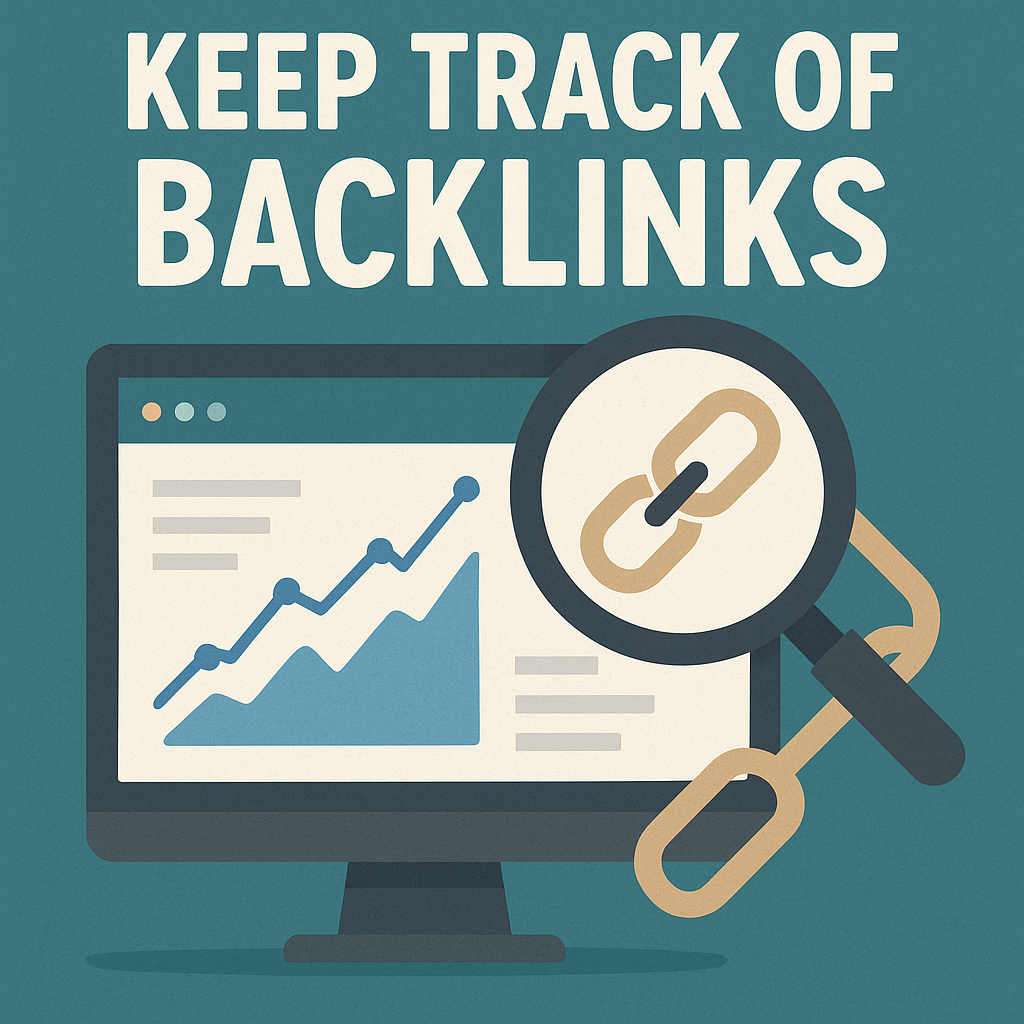
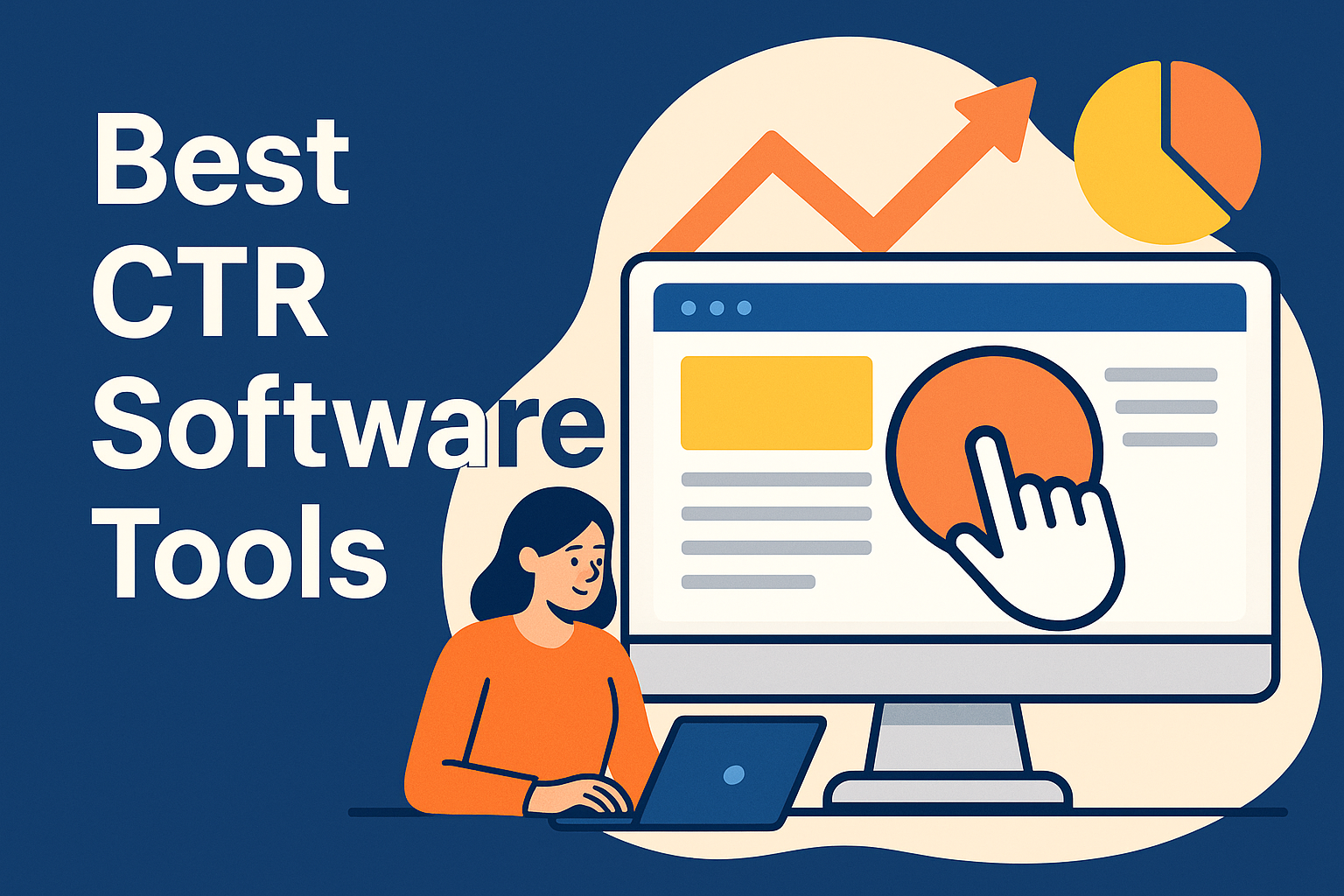

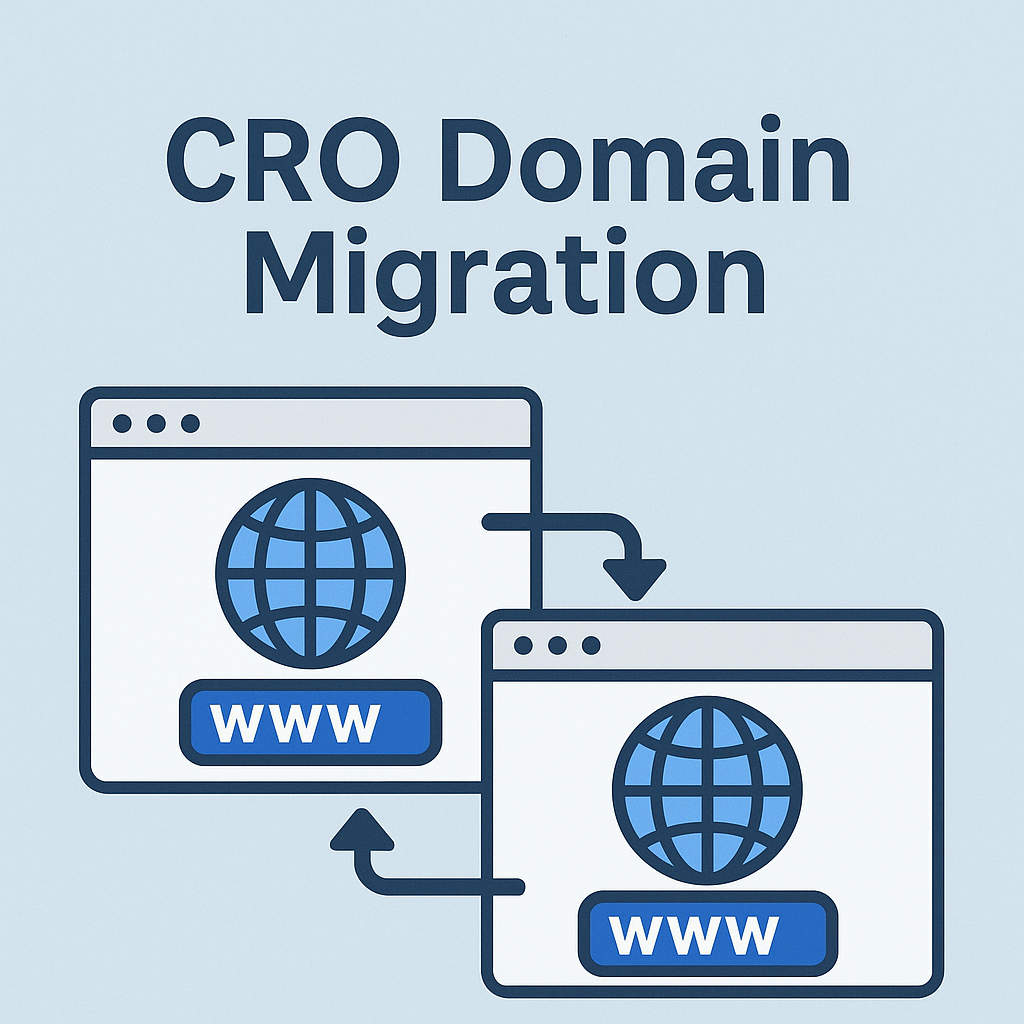


![Best Link Exchange Sites [Free & Safe] – Top 5 Picks](https://backlinkmanagement.io/wp-content/uploads/2025/04/Free-Link-Exchange.png)


